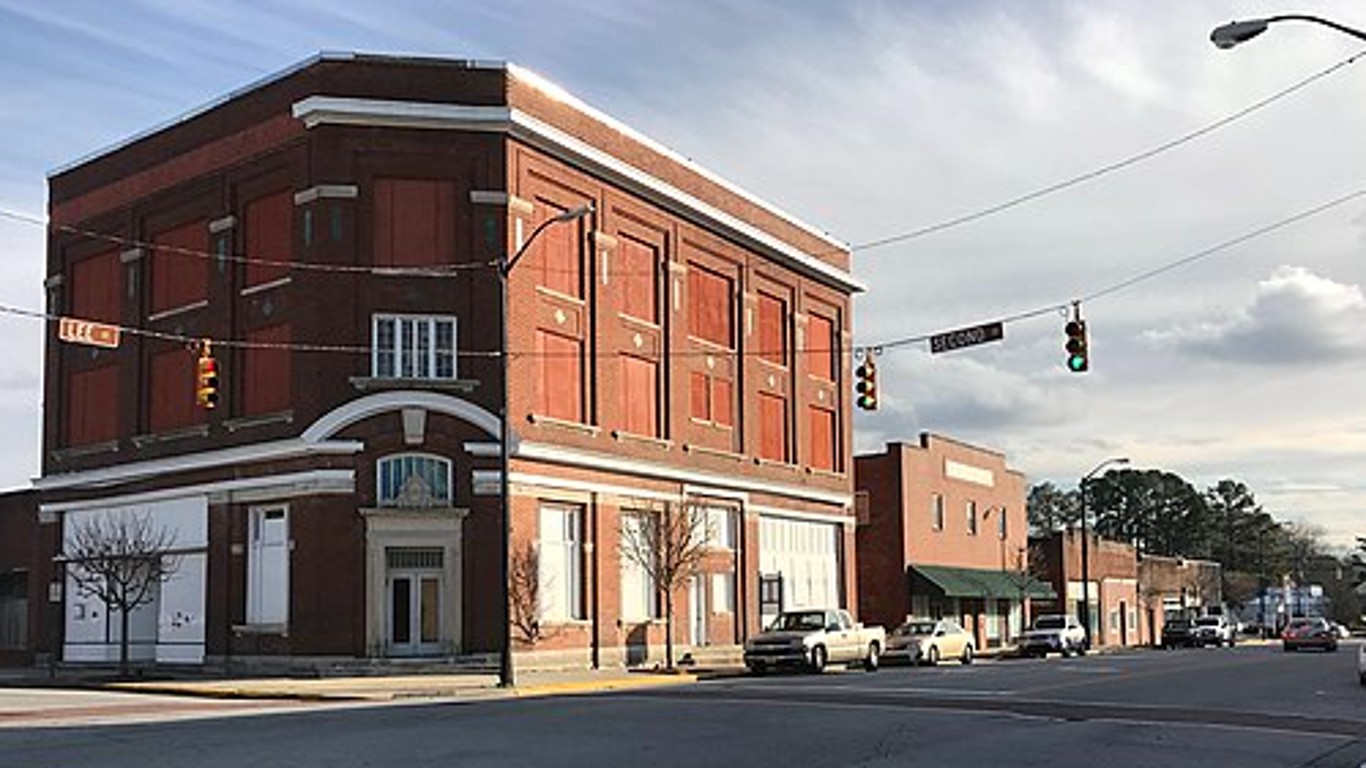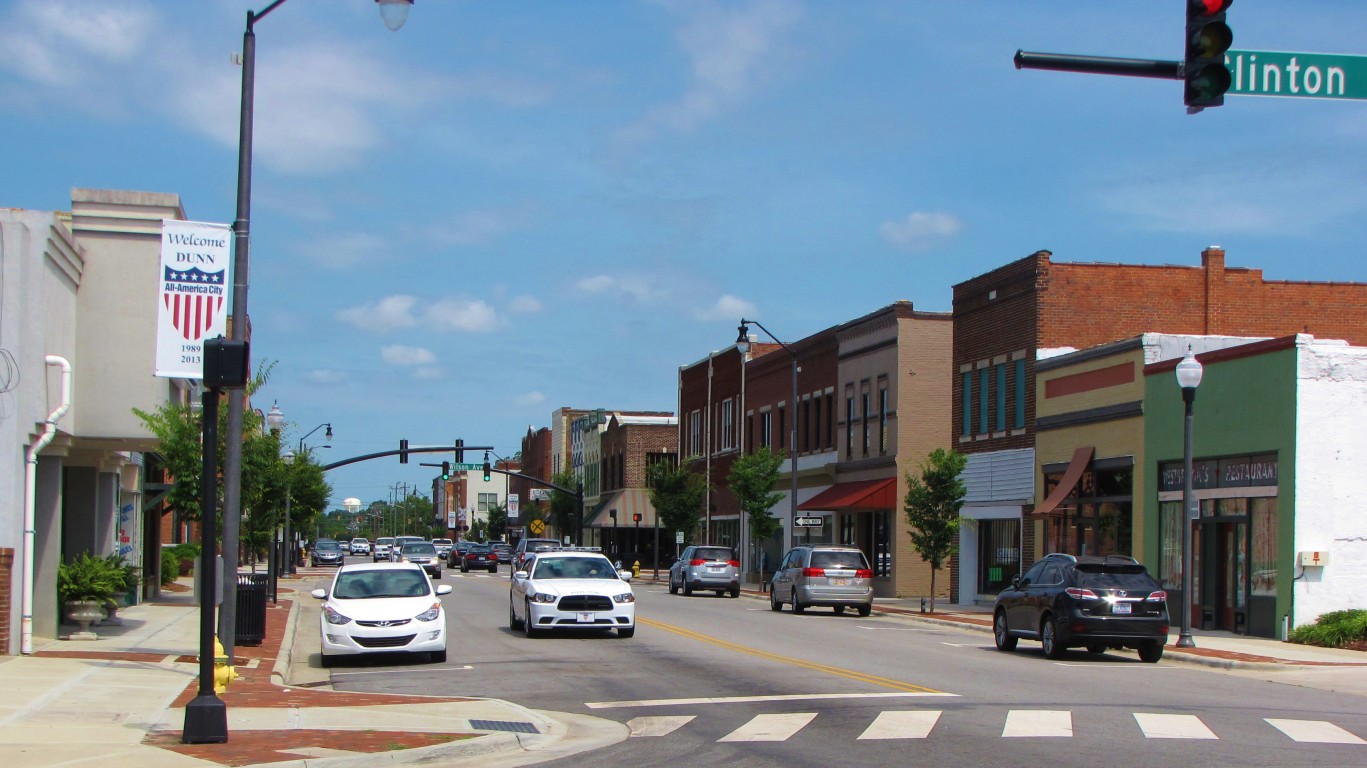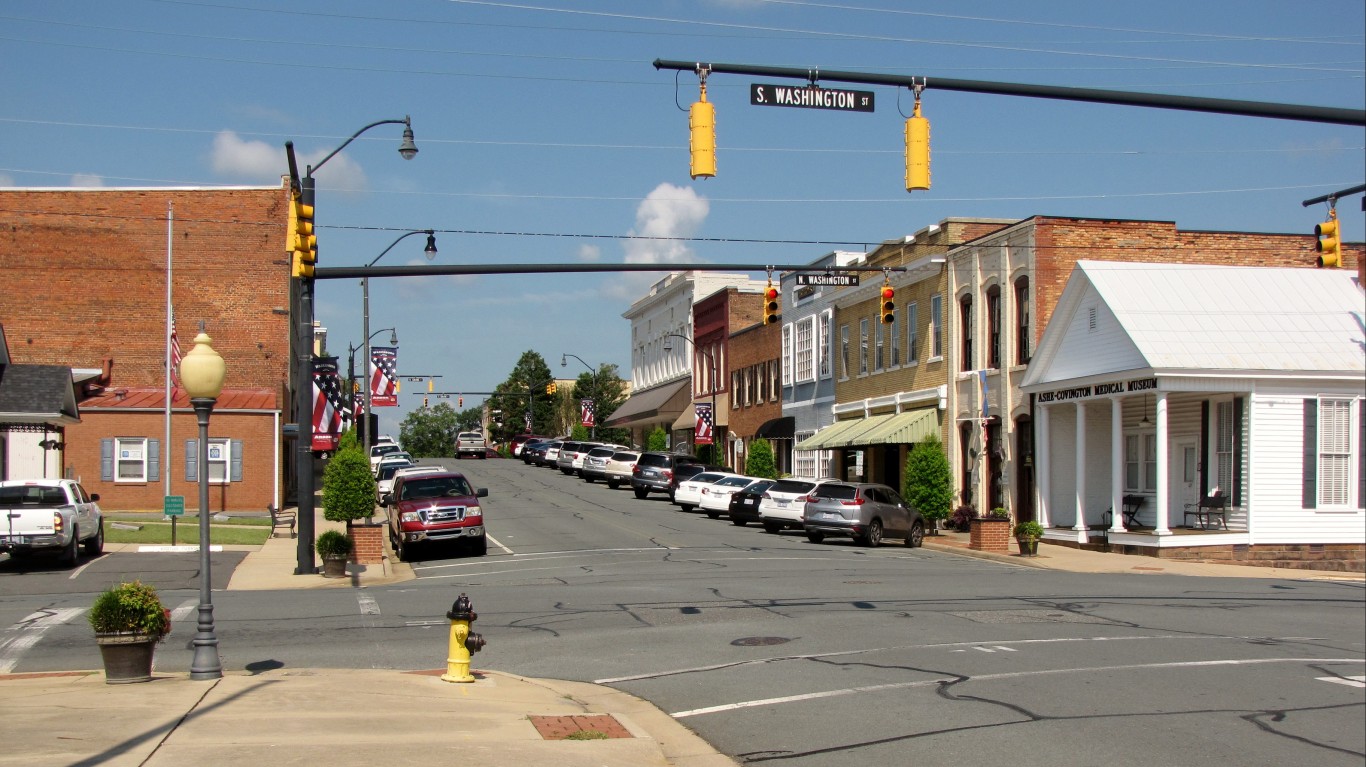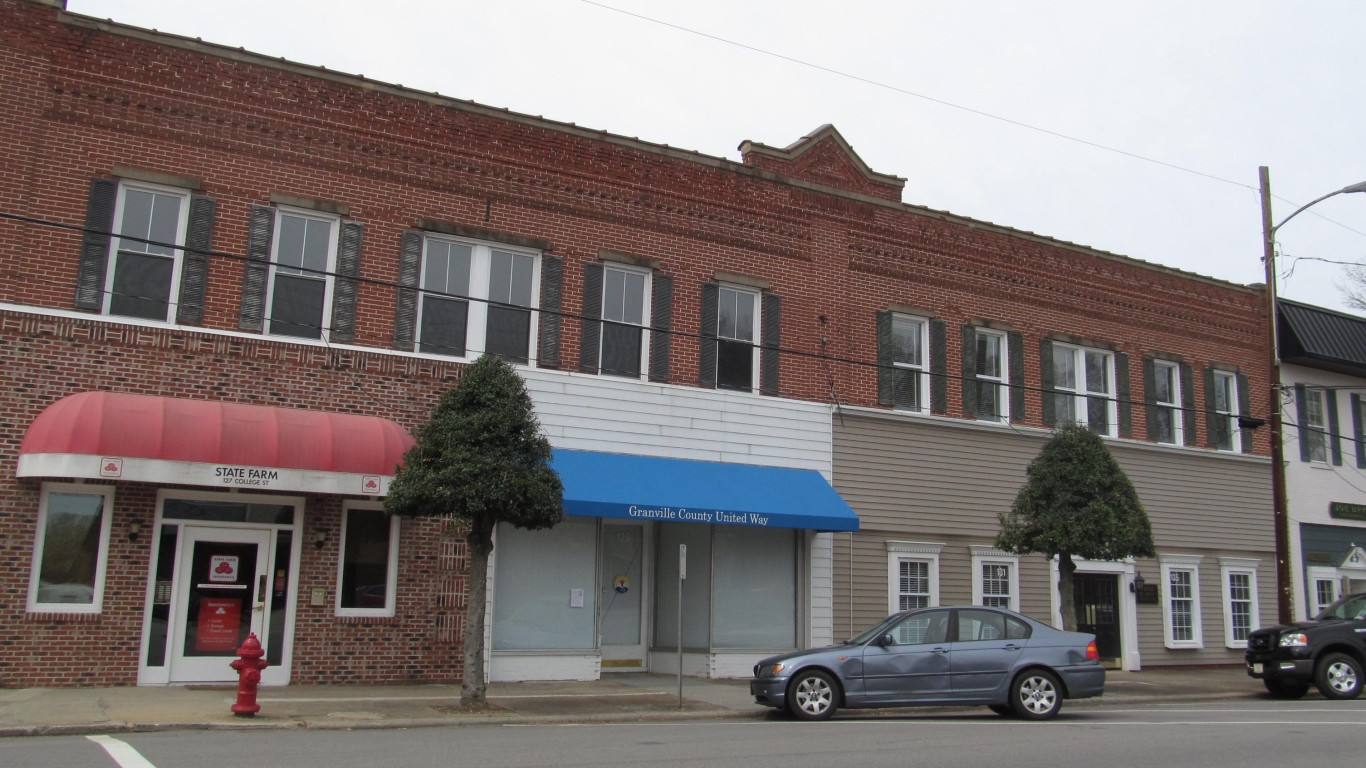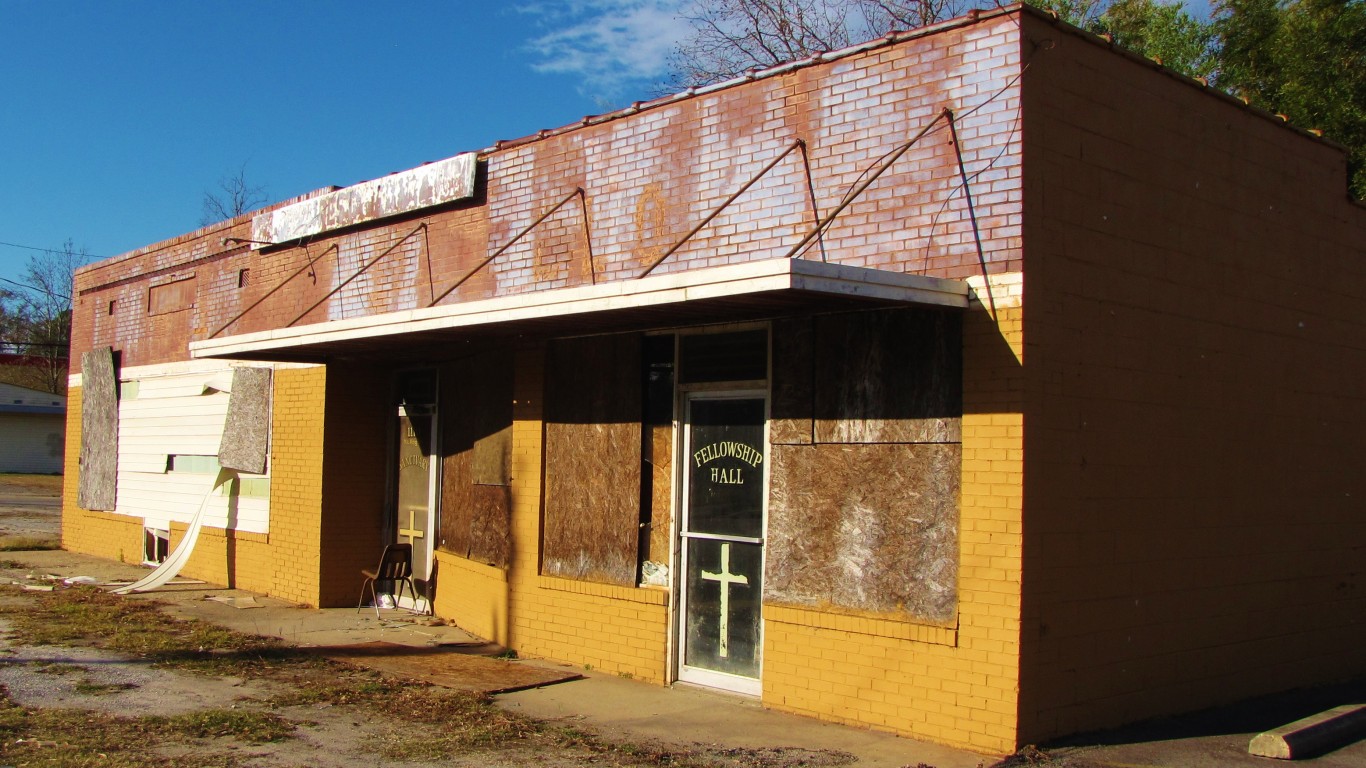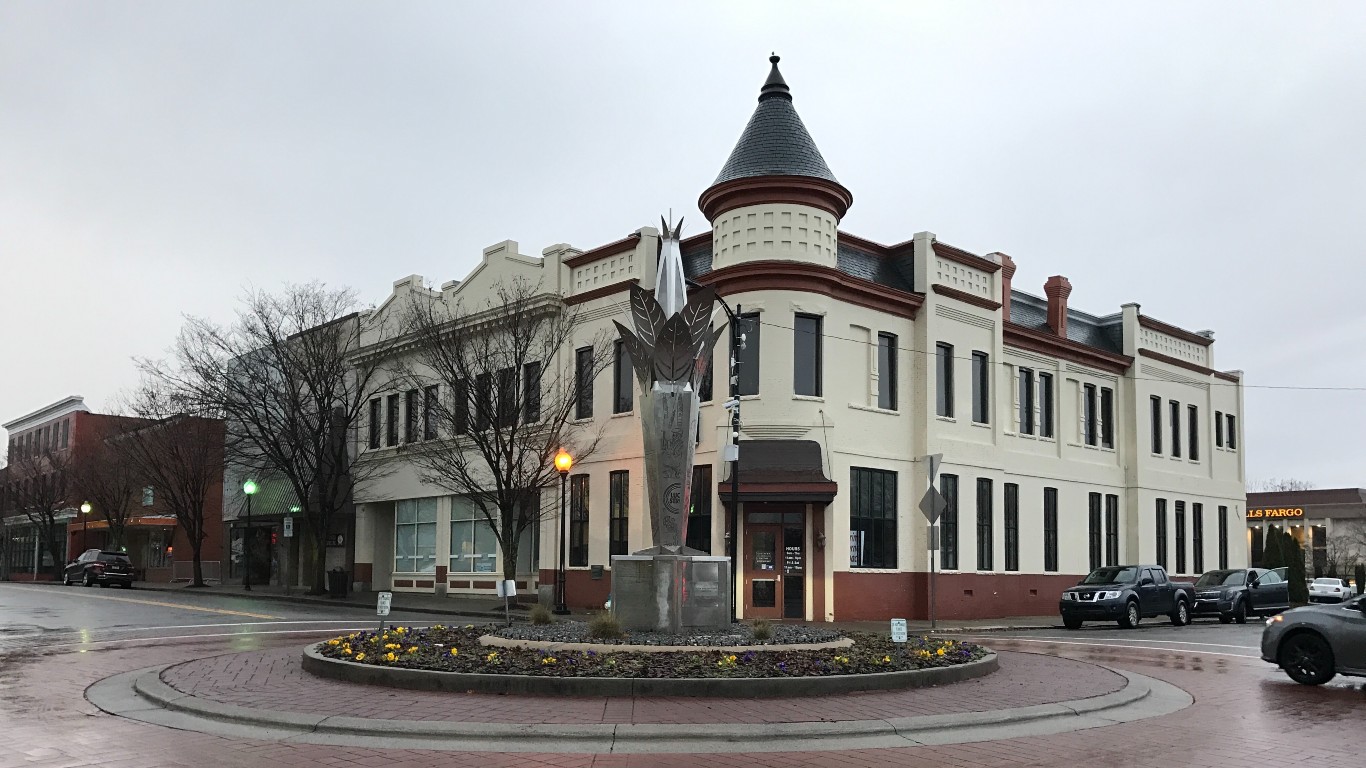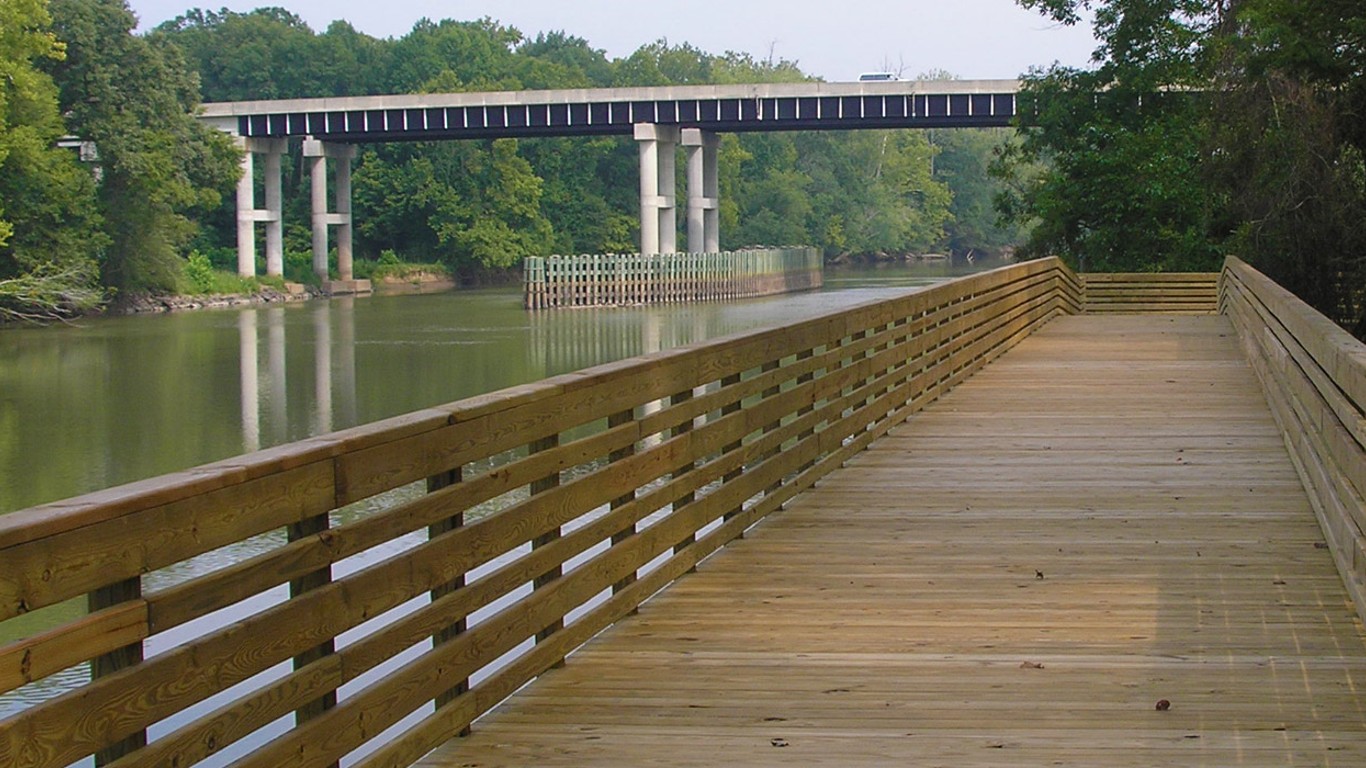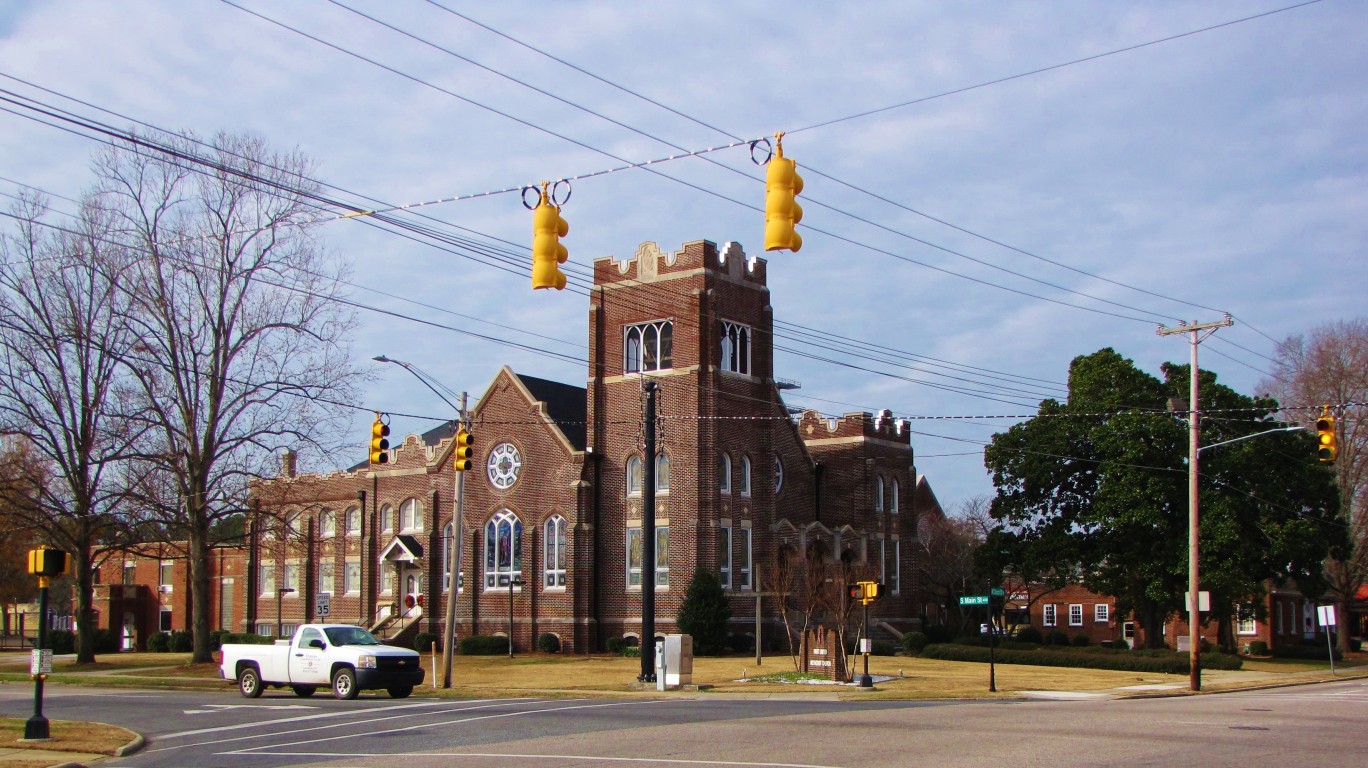
More than 60 years have passed since President Lyndon Johnson declared war on poverty, and yet, poverty remains endemic in the United States. In any given year over the last three decades, anywhere from 31.6 million to 48.8 million Americans were living below the poverty line. Over that period, the annual U.S. poverty rate climbed as high as 15.9%, and never fell below 11.3%.
The effects of poverty extend far beyond economics. According to the latest Pulse Survey from the U.S. Census Bureau, 38% of American adults earning less than $25,000 reported feeling depressed or hopeless on most days, compared to 17% of all adults. Additionally, 27% of adults in the lowest income bracket reported not having enough to eat within the last week, three times the food insufficiency rate among all adults.
In most of the country, including North Carolina, the U.S. Department of Health and Human Services sets the poverty line at an annual income of $15,060 for individuals and $31,200 for a family of four. In North Carolina, 13.3% of the population live below these thresholds — and in many towns across the state, the poverty rate is far higher.
Using five-year estimates from the Census’ 2022 American Community Survey, 24/7 Wall St. identified the towns in North Carolina with the highest poverty rates. We considered all places — including cities, towns, and unincorporated communities — with populations between 5,000 and 50,000. Because the presence of colleges and universities can distort economic realities in a given area, places where 20% or more of the population are enrolled in a post-secondary institution were excluded from analysis.
Among the 35 places on this list, poverty rates range from 20.9% to nearly 40%, and in each of these places, the typical household earns less than the statewide median household income of $66,186.
Widespread financial hardship in these areas is partially attributable to a lack of economic opportunity. In most places on this list, the five-year average unemployment rate is higher than the comparable 5.0% jobless rate across North Carolina.
Incomes and job security tend to rise with educational attainment. According to the Bureau of Labor Statistics, the typical worker with a bachelor’s degree earns 66% more than those with no more than a high school diploma. Additionally, workers with only a high school education are far more likely to be unemployed than college graduates. In nearly every town on this list, the share of adults with a bachelor’s degree is below the 33.9% statewide bachelor’s degree attainment rate.
Why It Matters

The United States is, in many ways, the center of gravity of the global economy. The U.S. dollar has been the world’s leading reserve currency since the end of World War II, and American gross domestic product accounts for over a quarter of economic activity worldwide. Despite these advantages, more than one in every 10 Americans have been living below the poverty line for decades. For those facing serious financial hardship, the effects are far reaching. Poverty can negatively impact mental health, social relationships, and life expectancy.
35. Ayden
- Poverty rate: 20.9%
- Median household income: $53,000
- 5-yr. avg. unemployment rate: 1.8%
- Adults with a bachelor’s degree or higher: 19.6%
- Population: 5,002
34. Lexington
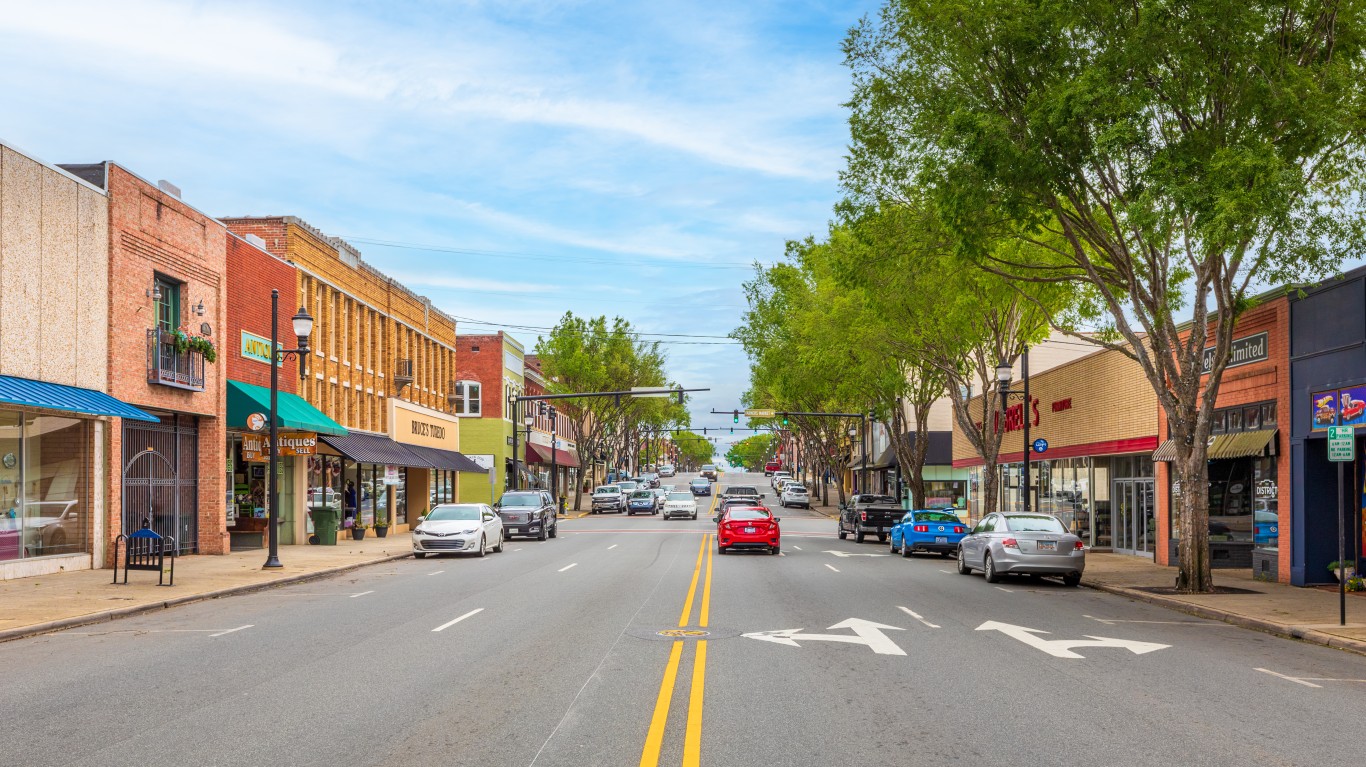
- Poverty rate: 21.0%
- Median household income: $36,868
- 5-yr. avg. unemployment rate: 6.5%
- Adults with a bachelor’s degree or higher: 14.5%
- Population: 19,595
33. Spring Lake
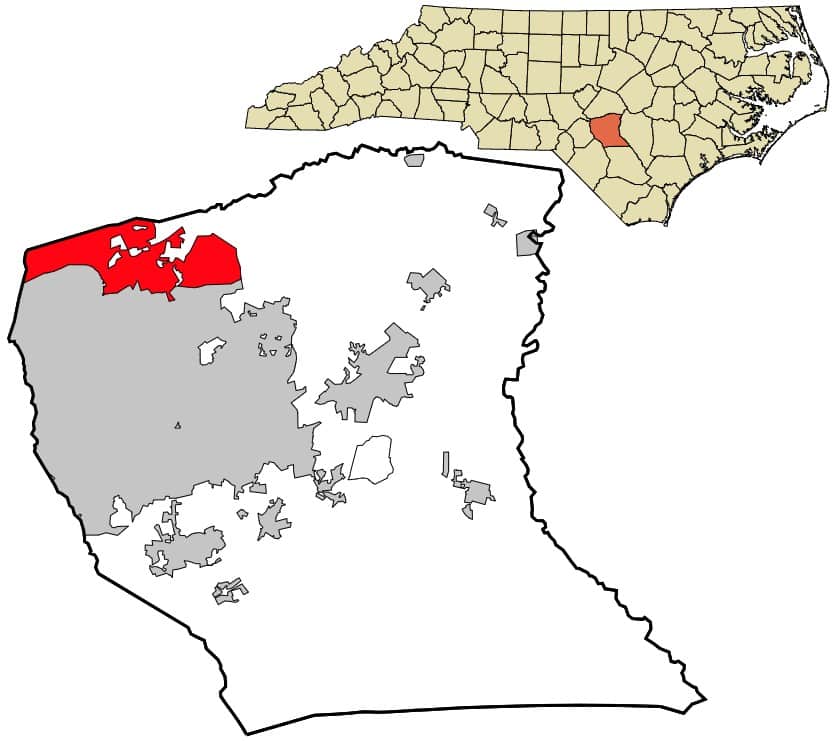
- Poverty rate: 21.4%
- Median household income: $44,447
- 5-yr. avg. unemployment rate: 5.0%
- Adults with a bachelor’s degree or higher: 27.1%
- Population: 11,710
32. Sanford

- Poverty rate: 21.5%
- Median household income: $52,951
- 5-yr. avg. unemployment rate: 5.6%
- Adults with a bachelor’s degree or higher: 20.8%
- Population: 30,373
31. Albemarle
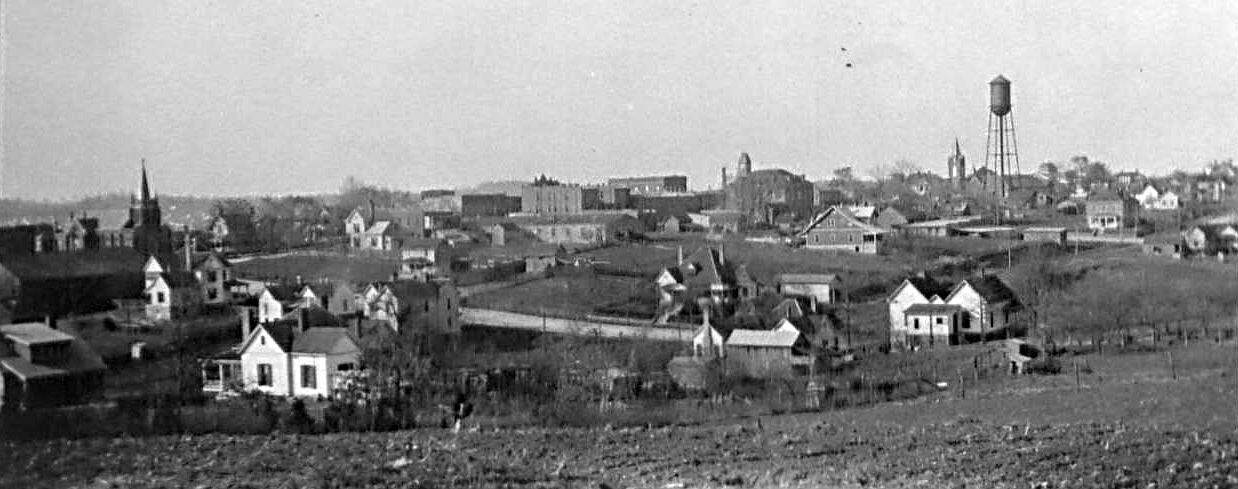
- Poverty rate: 21.6%
- Median household income: $51,673
- 5-yr. avg. unemployment rate: 6.6%
- Adults with a bachelor’s degree or higher: 21.1%
- Population: 16,444
30. Dunn
- Poverty rate: 21.6%
- Median household income: $41,843
- 5-yr. avg. unemployment rate: 3.7%
- Adults with a bachelor’s degree or higher: 18.8%
- Population: 8,549
29. Asheboro
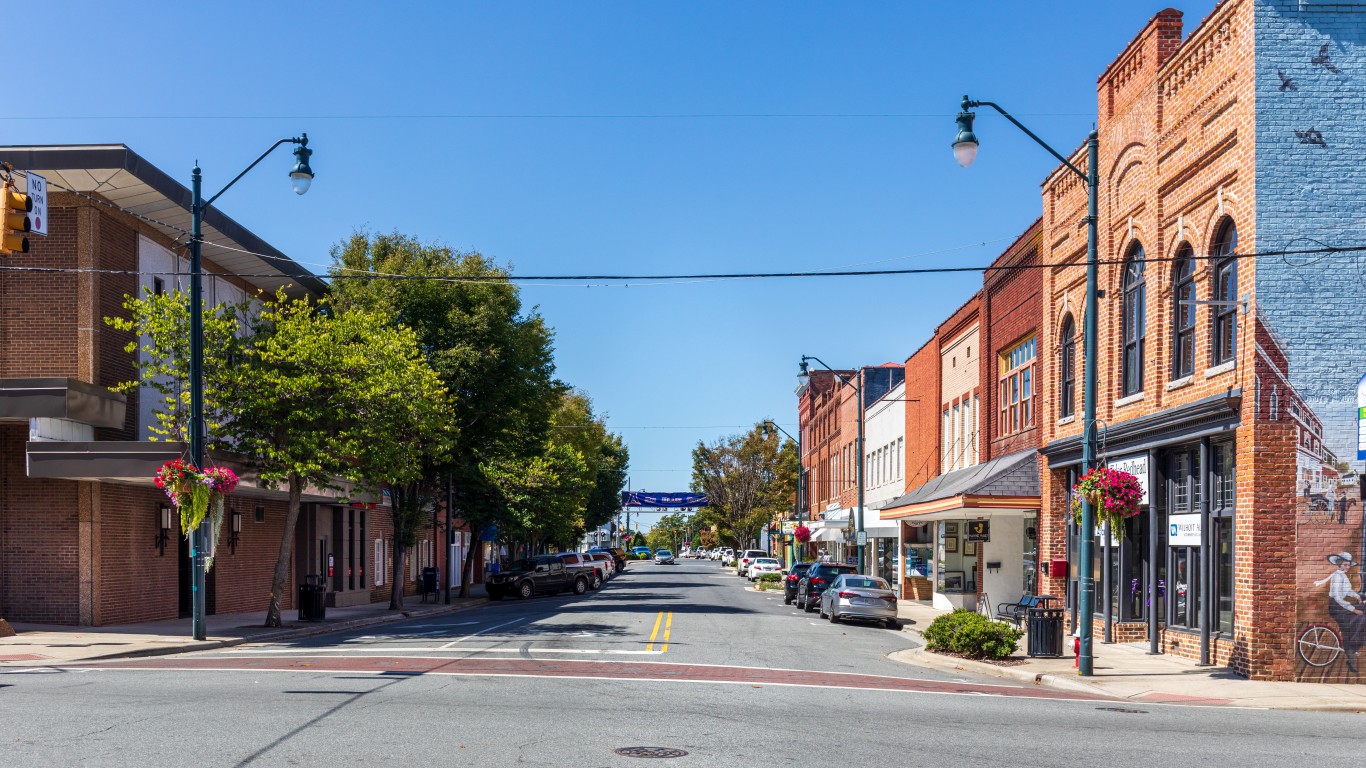
- Poverty rate: 21.6%
- Median household income: $44,405
- 5-yr. avg. unemployment rate: 5.5%
- Adults with a bachelor’s degree or higher: 18.7%
- Population: 27,117
28. Marion
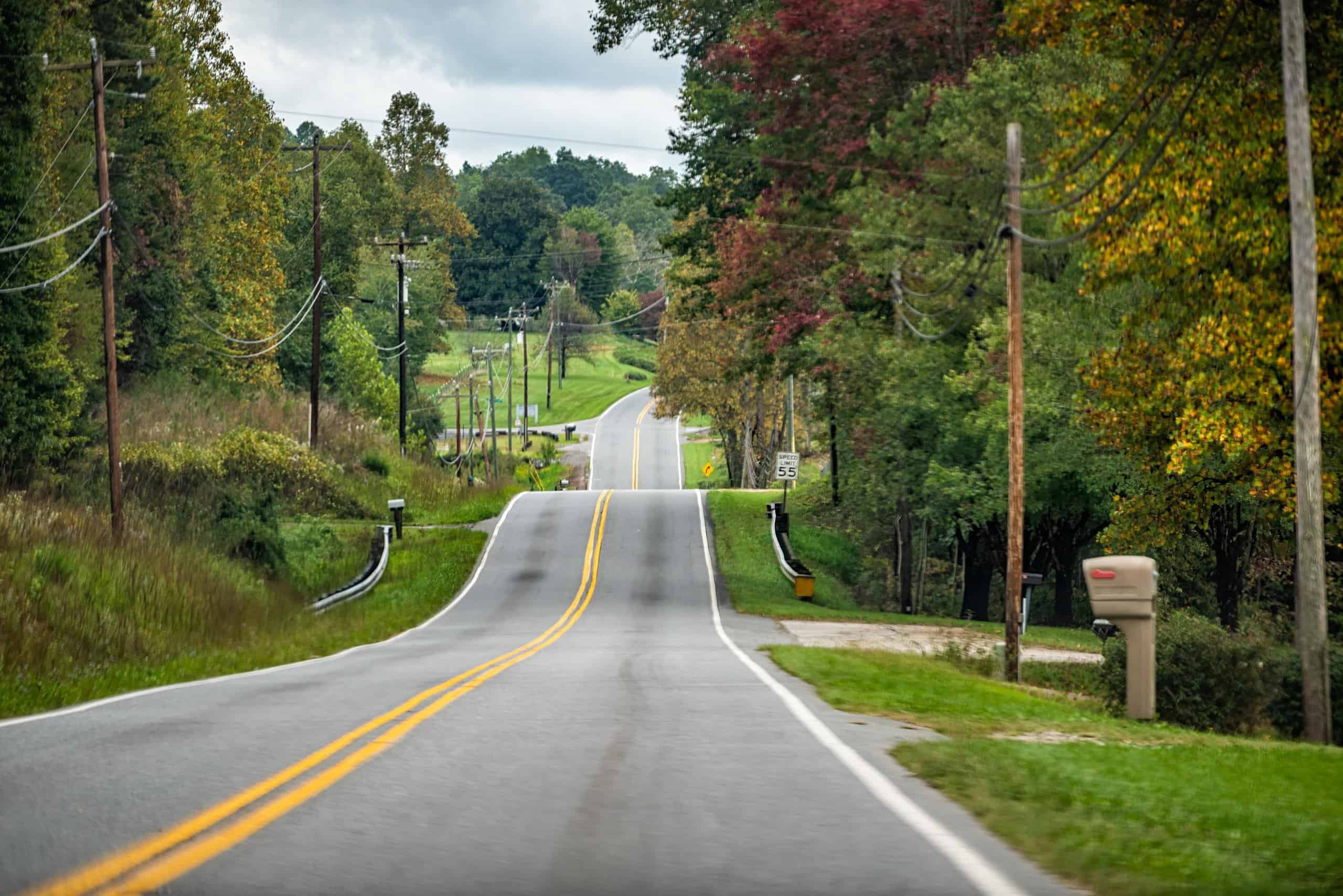
- Poverty rate: 21.8%
- Median household income: $48,520
- 5-yr. avg. unemployment rate: 9.5%
- Adults with a bachelor’s degree or higher: 16.3%
- Population: 7,652
27. Nashville
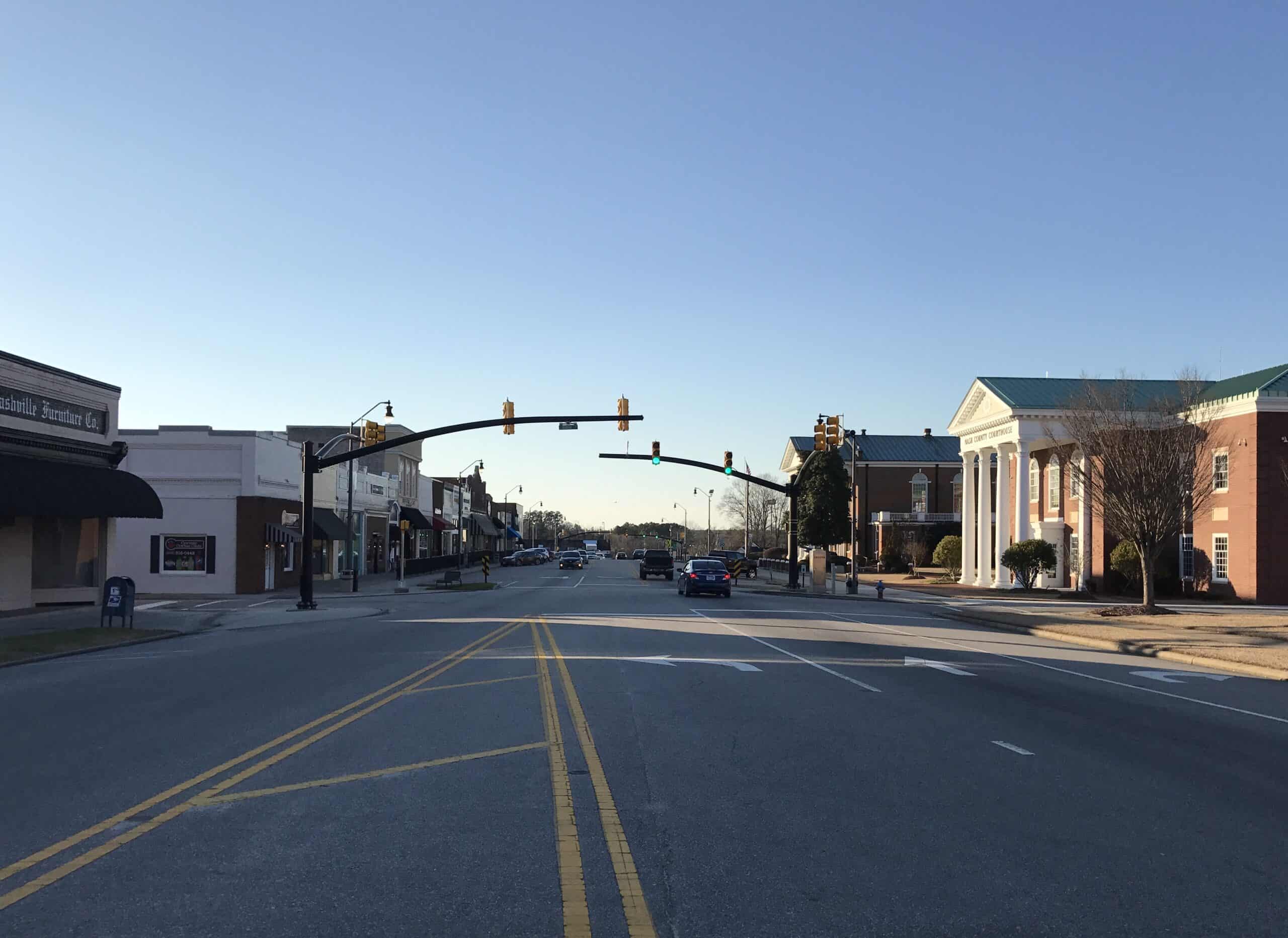
- Poverty rate: 21.9%
- Median household income: $61,513
- 5-yr. avg. unemployment rate: 11.5%
- Adults with a bachelor’s degree or higher: 24.2%
- Population: 5,624
26. Eden
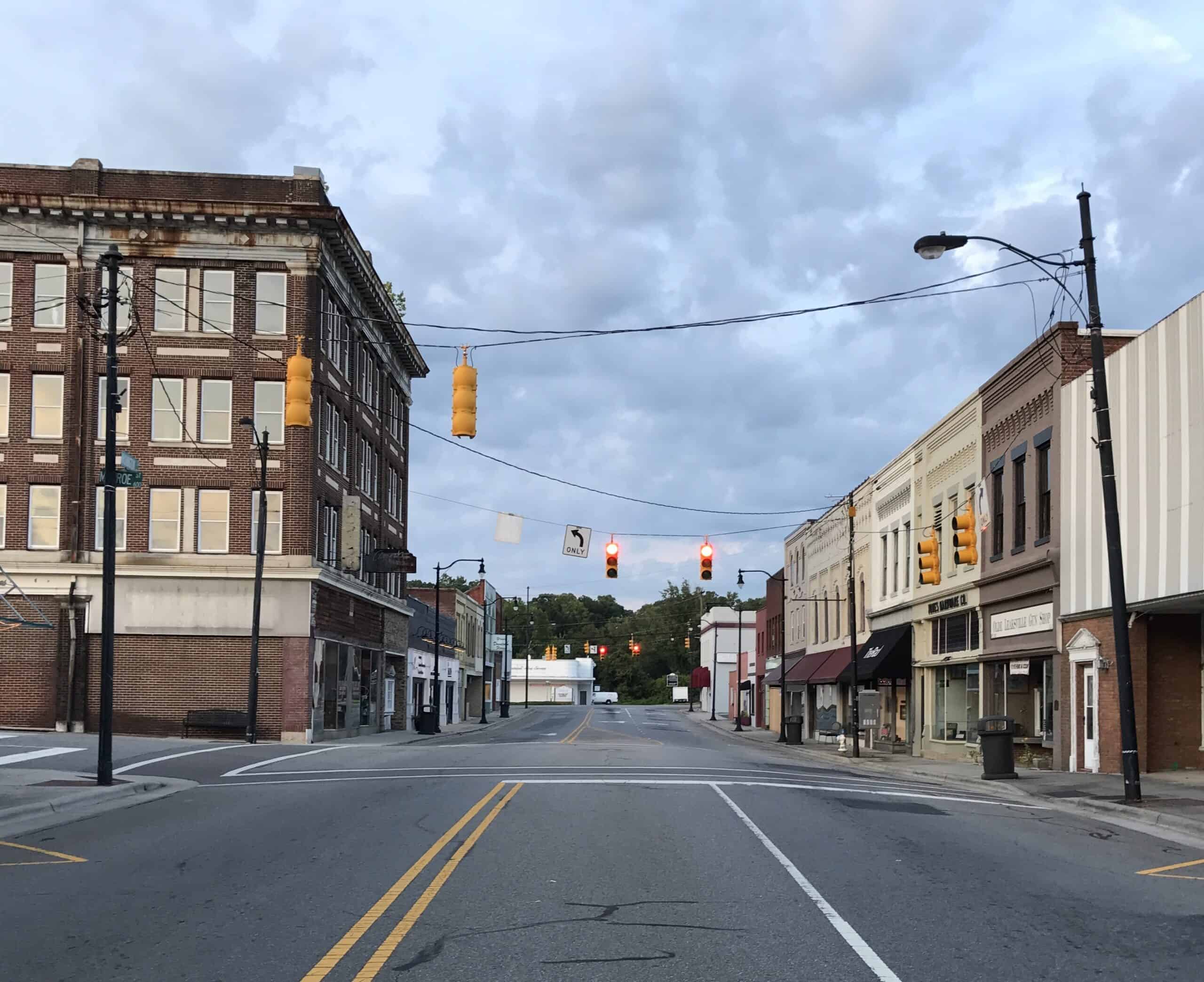
- Poverty rate: 22.2%
- Median household income: $43,607
- 5-yr. avg. unemployment rate: 5.9%
- Adults with a bachelor’s degree or higher: 14.6%
- Population: 15,349
25. Northchase
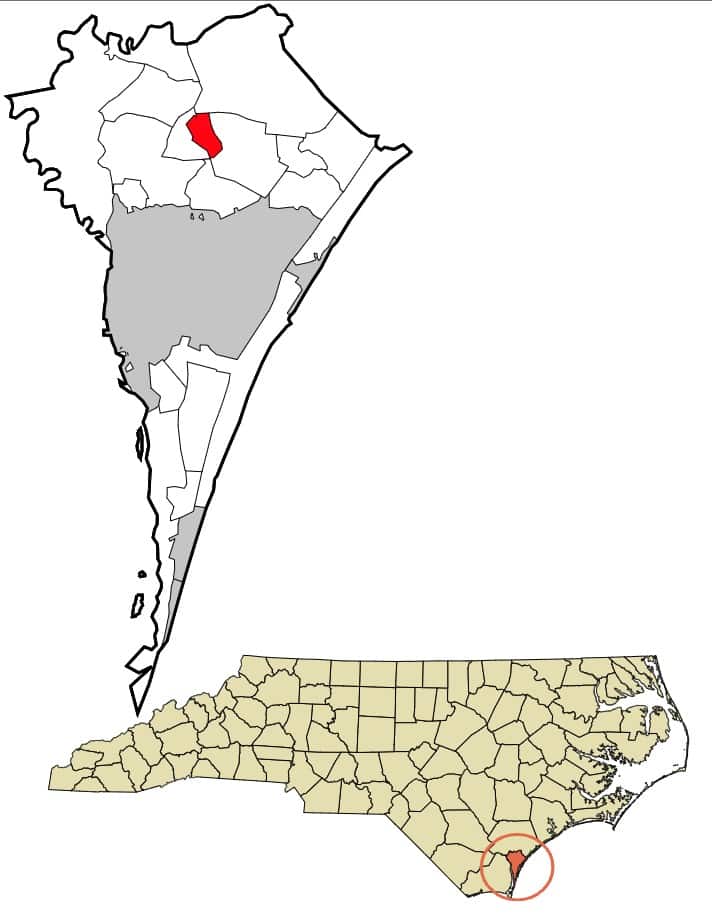
- Poverty rate: 22.5%
- Median household income: $52,122
- 5-yr. avg. unemployment rate: 18.0%
- Adults with a bachelor’s degree or higher: 35.4%
- Population: 5,543
24. Washington
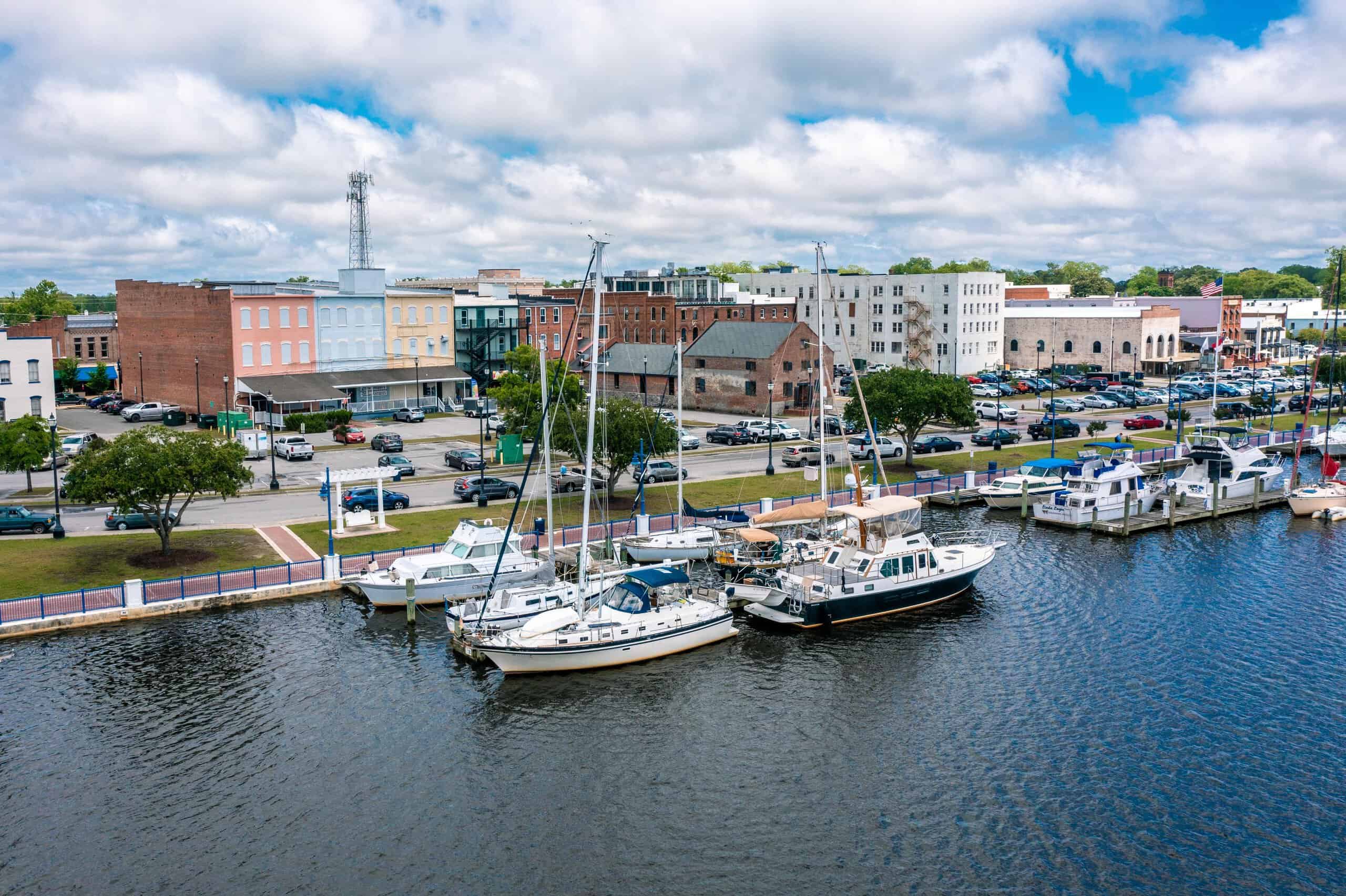
- Poverty rate: 23.0%
- Median household income: $42,821
- 5-yr. avg. unemployment rate: 5.5%
- Adults with a bachelor’s degree or higher: 21.2%
- Population: 9,759
23. Salisbury
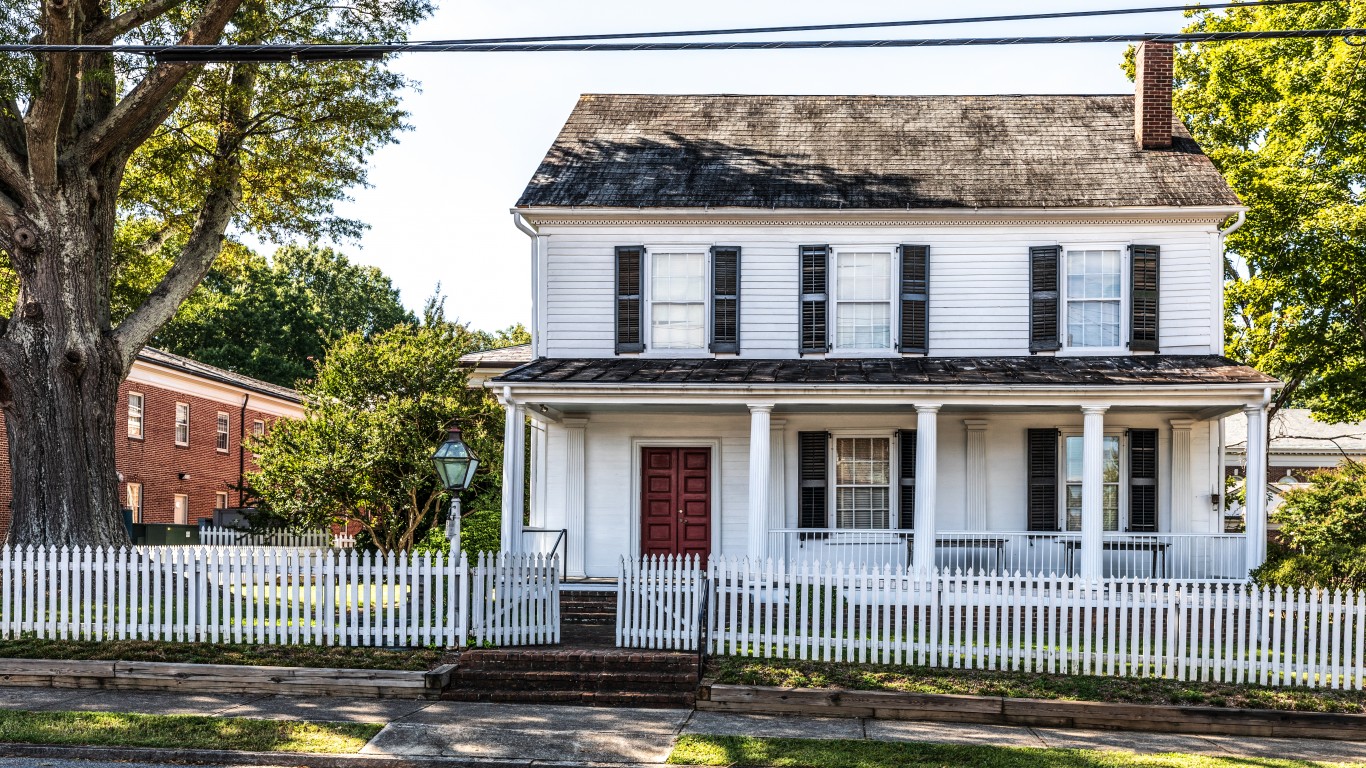
- Poverty rate: 23.3%
- Median household income: $48,888
- 5-yr. avg. unemployment rate: 7.0%
- Adults with a bachelor’s degree or higher: 26.5%
- Population: 35,437
22. Mocksville
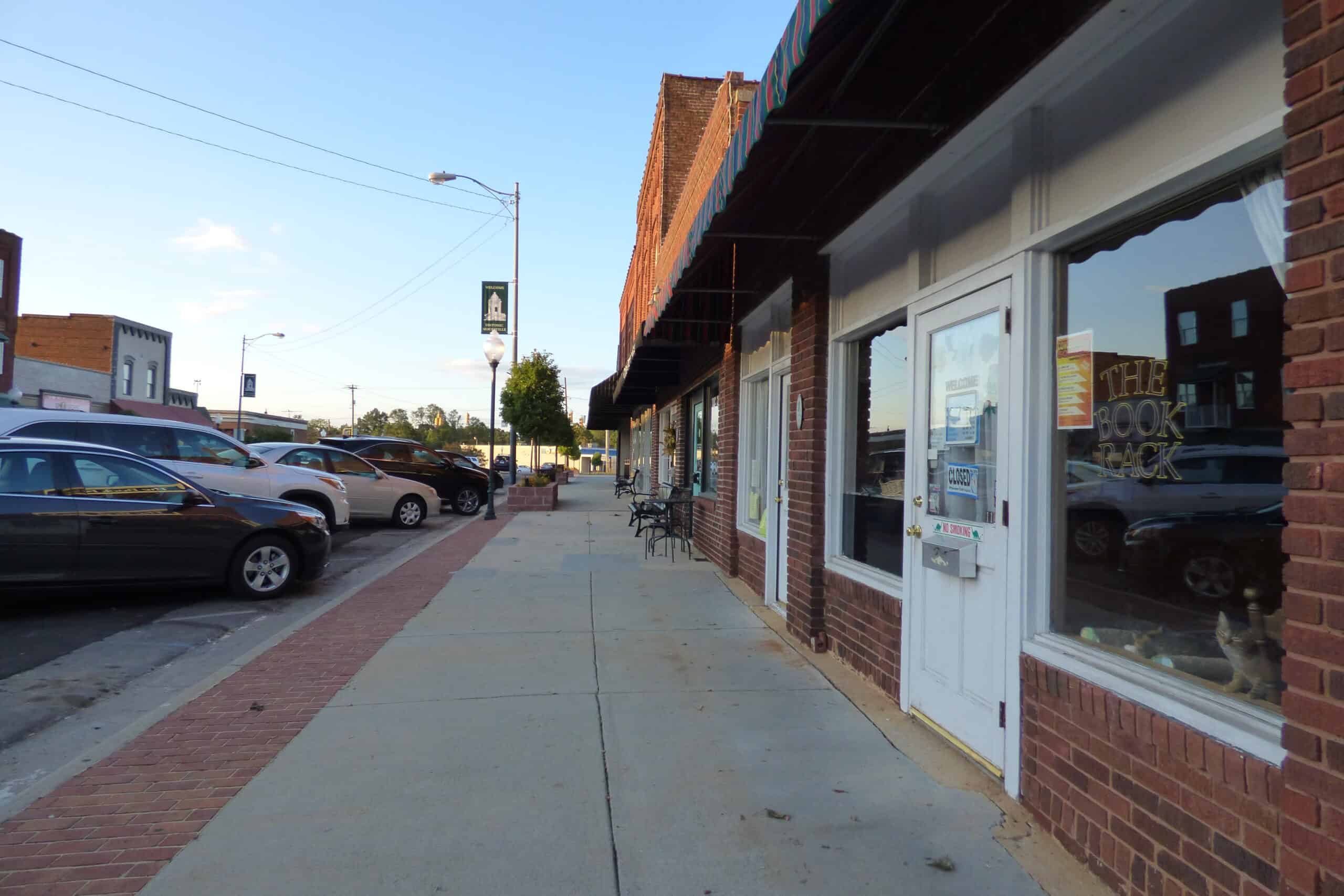
- Poverty rate: 23.7%
- Median household income: $46,553
- 5-yr. avg. unemployment rate: 5.9%
- Adults with a bachelor’s degree or higher: 25.7%
- Population: 5,908
21. Wilson
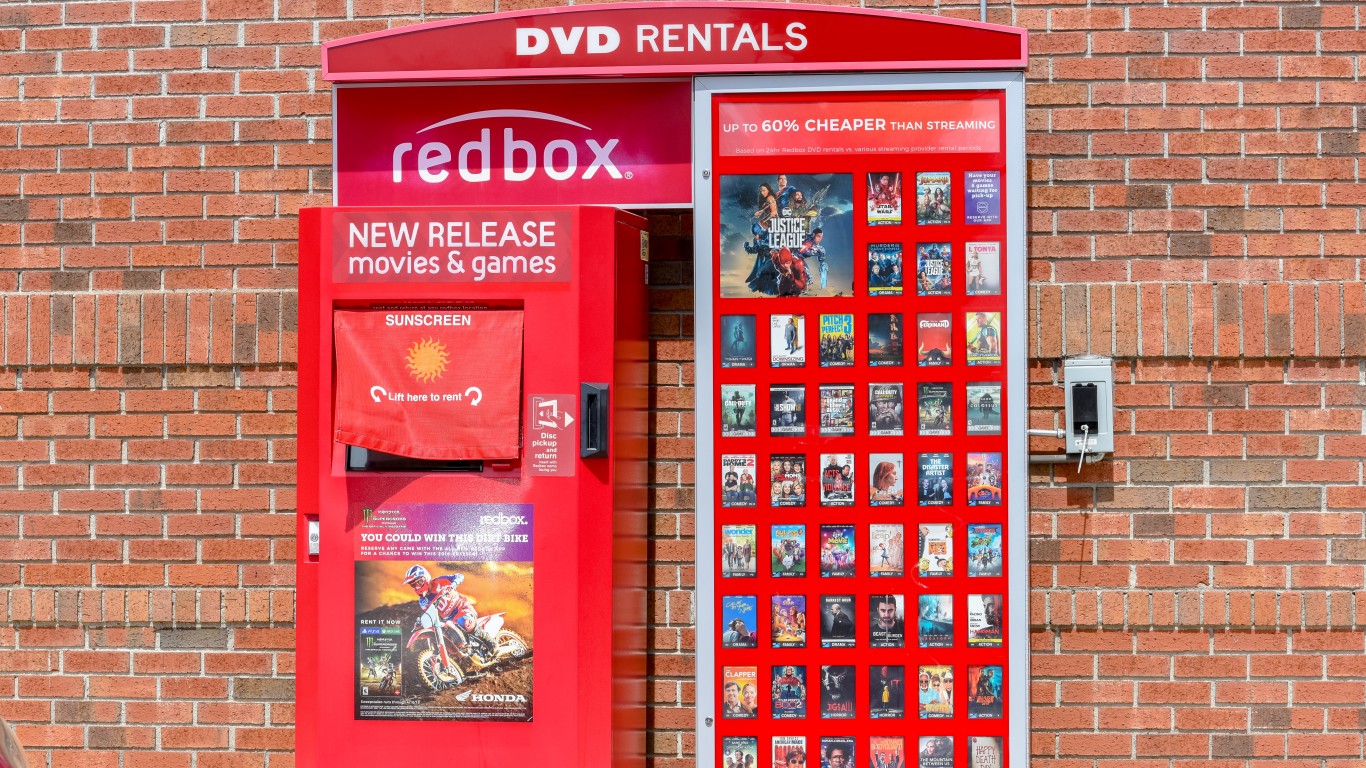
- Poverty rate: 23.9%
- Median household income: $46,891
- 5-yr. avg. unemployment rate: 8.4%
- Adults with a bachelor’s degree or higher: 22.1%
- Population: 47,767
20. Tarboro
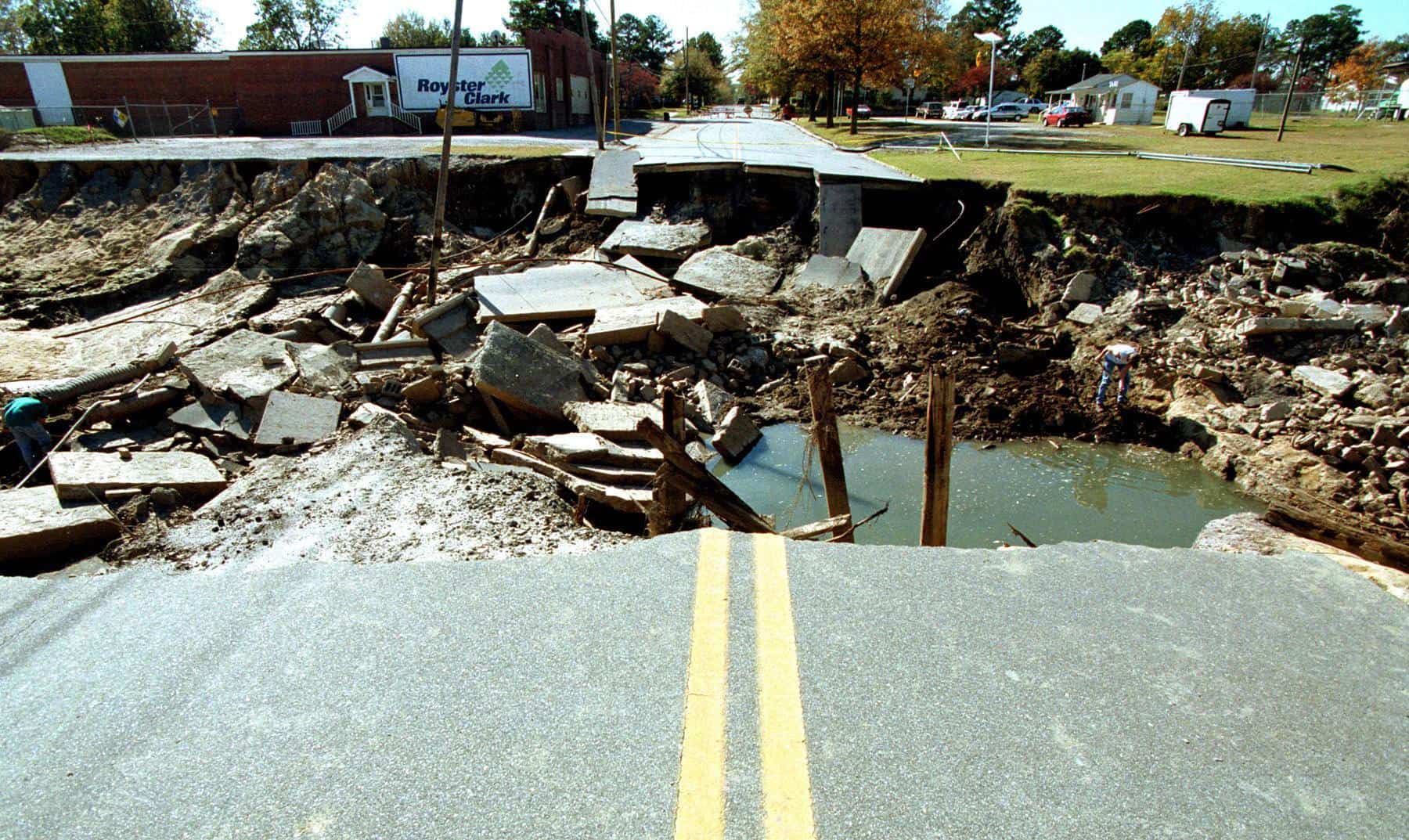
- Poverty rate: 24.0%
- Median household income: $43,523
- 5-yr. avg. unemployment rate: 3.3%
- Adults with a bachelor’s degree or higher: 26.0%
- Population: 10,696
19. Wadesboro
- Poverty rate: 24.2%
- Median household income: $32,022
- 5-yr. avg. unemployment rate: 12.9%
- Adults with a bachelor’s degree or higher: 15.3%
- Population: 5,004
18. Hamlet
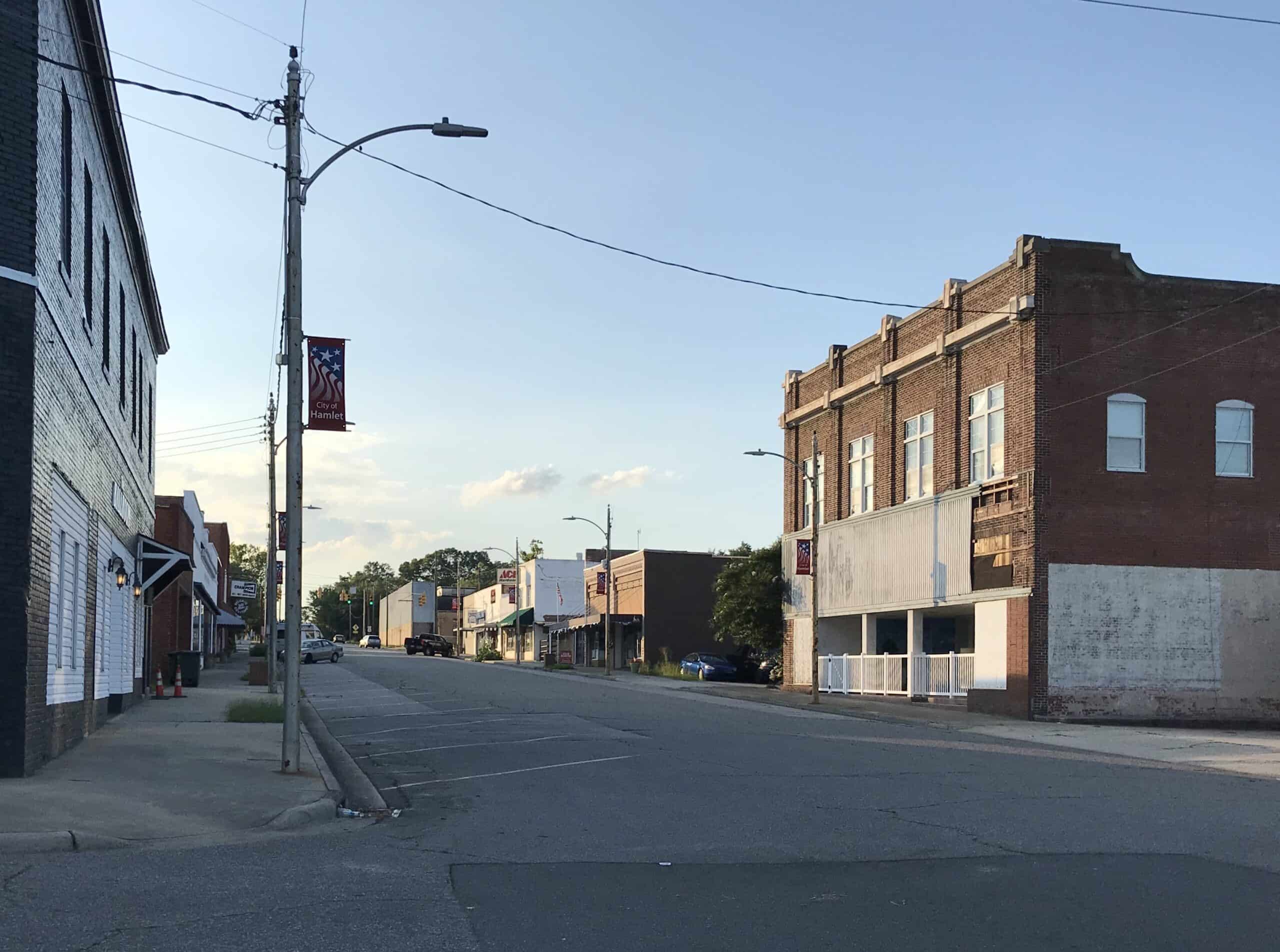
- Poverty rate: 25.1%
- Median household income: $34,798
- 5-yr. avg. unemployment rate: 10.6%
- Adults with a bachelor’s degree or higher: 8.4%
- Population: 6,043
17. Clinton
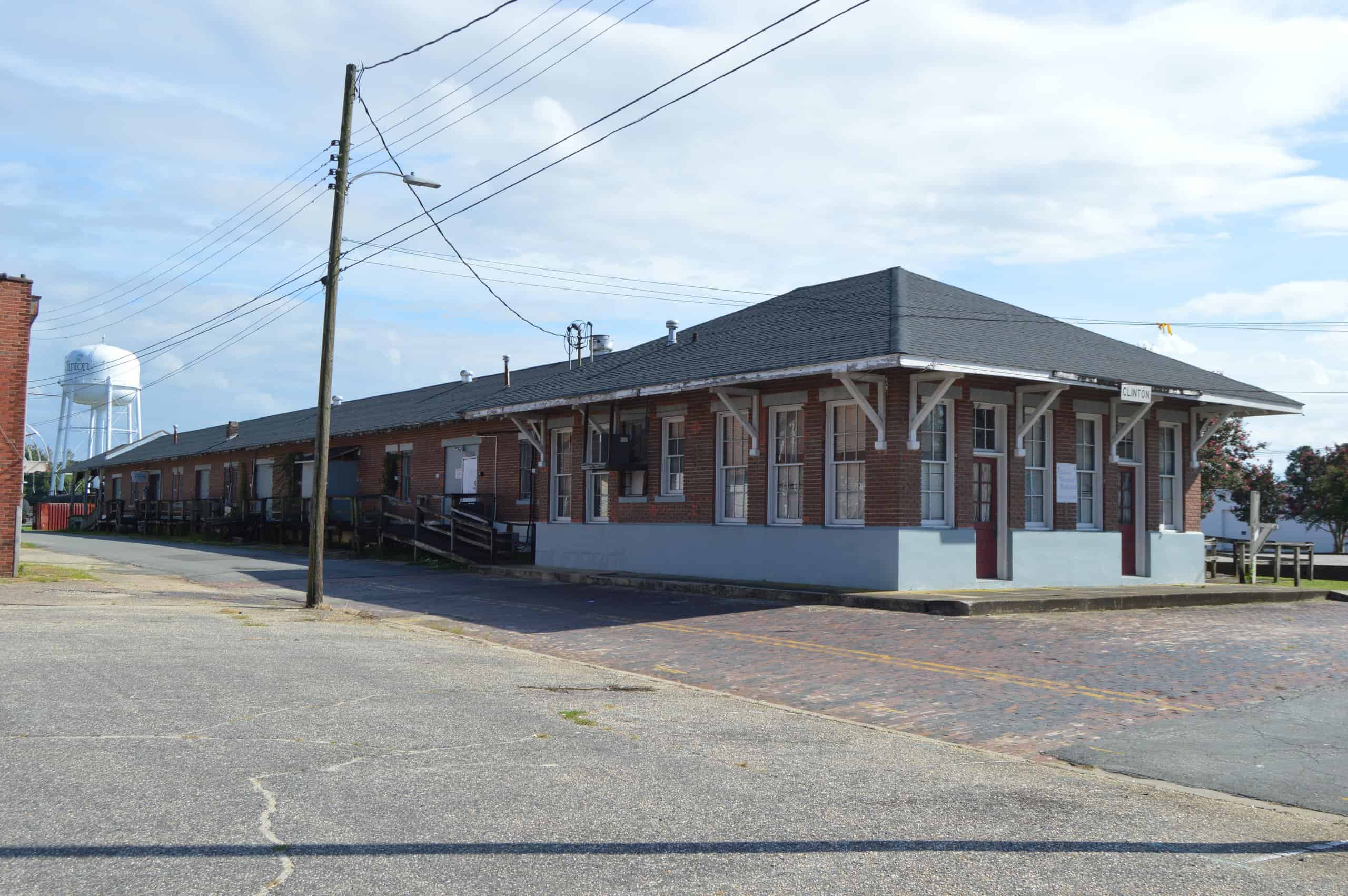
- Poverty rate: 25.5%
- Median household income: $38,880
- 5-yr. avg. unemployment rate: 4.6%
- Adults with a bachelor’s degree or higher: 20.2%
- Population: 8,362
16. Oxford
- Poverty rate: 25.6%
- Median household income: $42,016
- 5-yr. avg. unemployment rate: 6.8%
- Adults with a bachelor’s degree or higher: 23.4%
- Population: 8,685
15. Kings Mountain
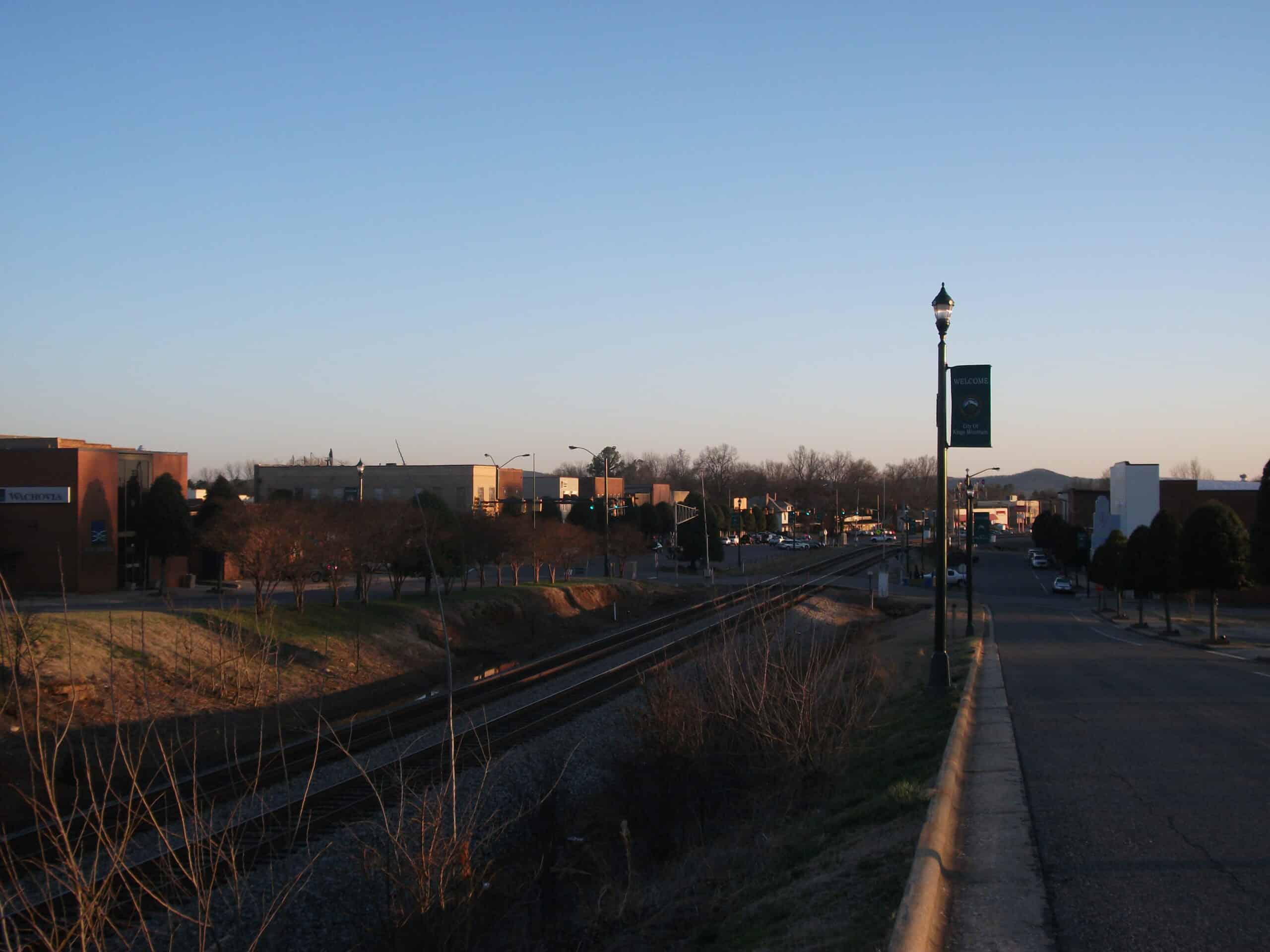
- Poverty rate: 26.1%
- Median household income: $45,301
- 5-yr. avg. unemployment rate: 6.7%
- Adults with a bachelor’s degree or higher: 17.3%
- Population: 11,246
14. Henderson
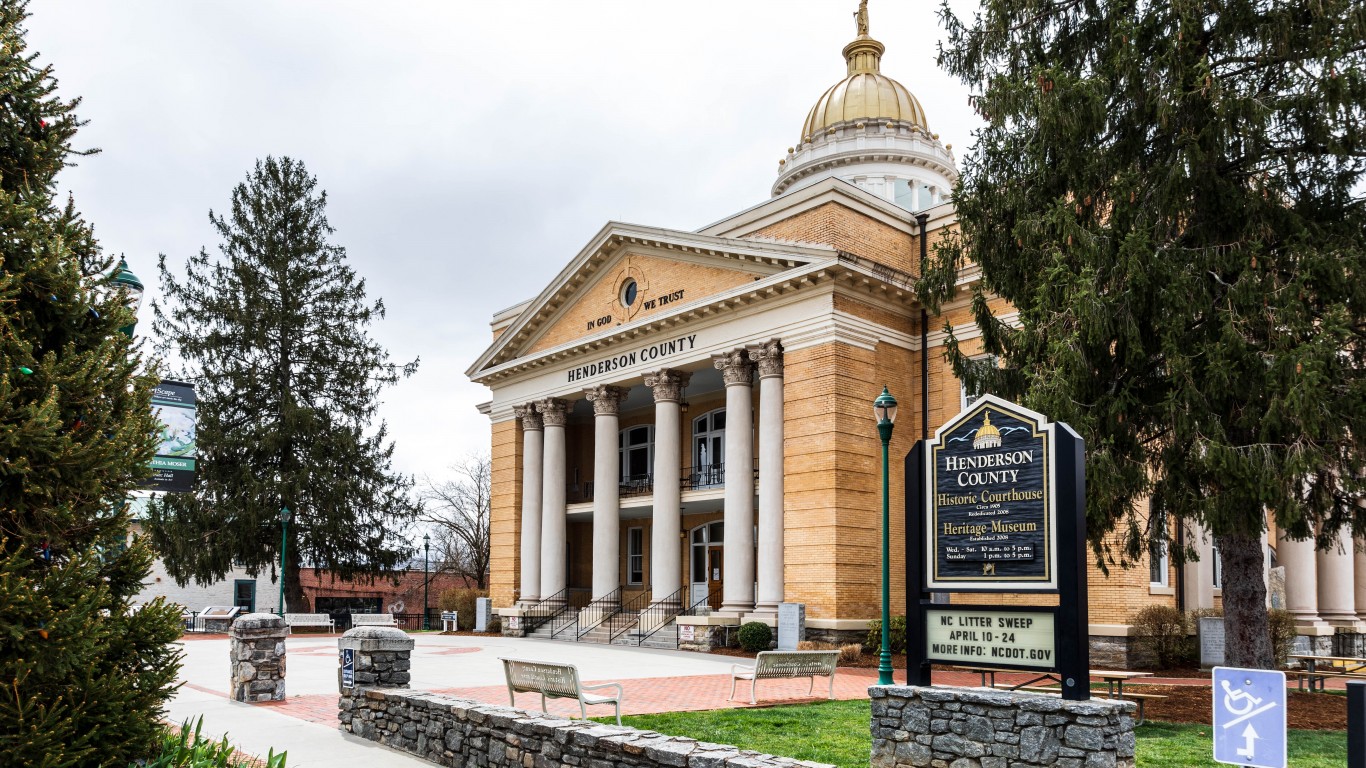
- Poverty rate: 26.6%
- Median household income: $37,670
- 5-yr. avg. unemployment rate: 6.7%
- Adults with a bachelor’s degree or higher: 17.1%
- Population: 14,997
13. Selma
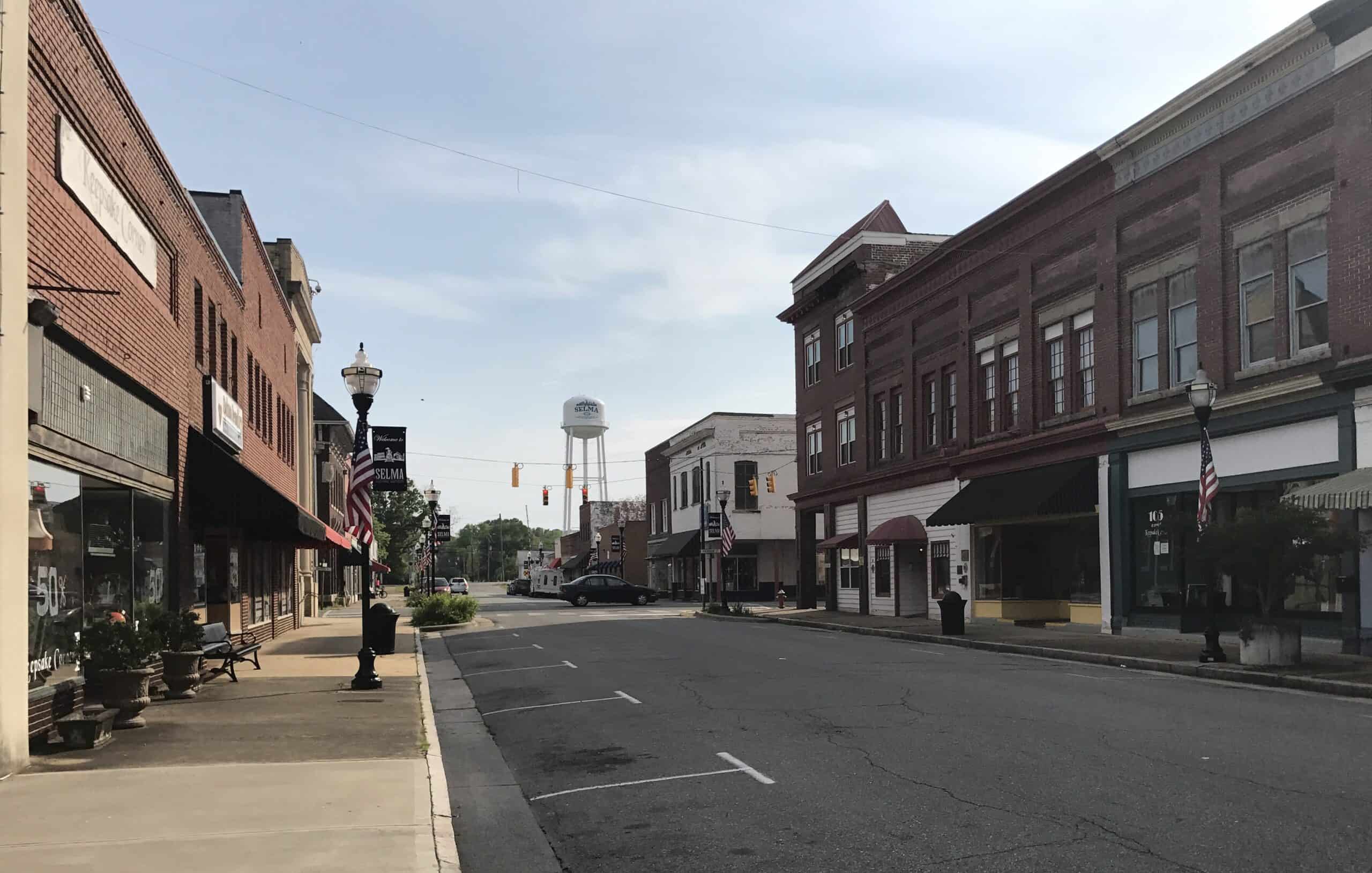
- Poverty rate: 27.3%
- Median household income: $29,325
- 5-yr. avg. unemployment rate: 4.8%
- Adults with a bachelor’s degree or higher: 13.0%
- Population: 6,449
12. Smithfield
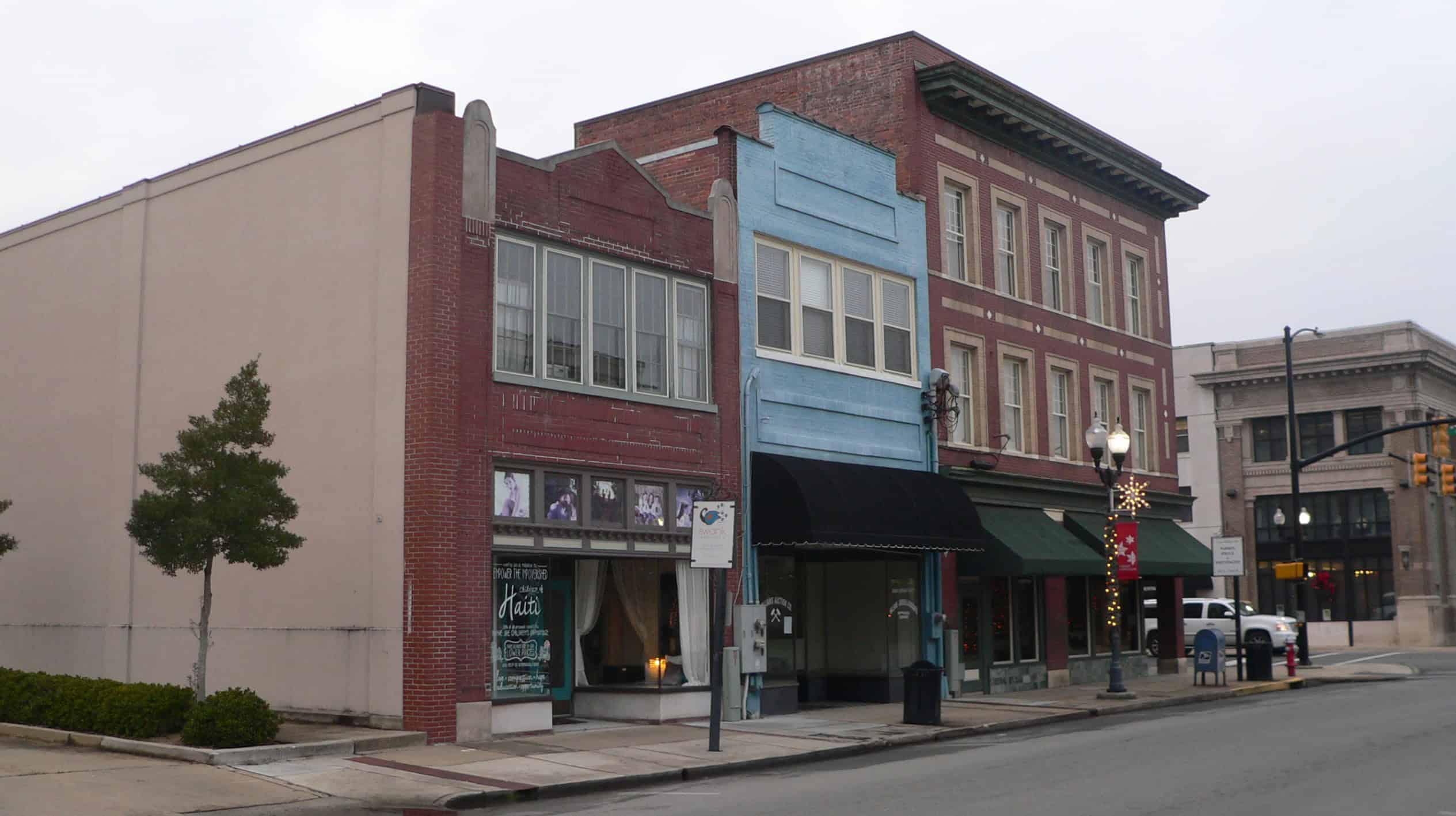
- Poverty rate: 27.8%
- Median household income: $37,000
- 5-yr. avg. unemployment rate: 6.5%
- Adults with a bachelor’s degree or higher: 25.1%
- Population: 11,527
11. Morganton

- Poverty rate: 28.0%
- Median household income: $47,715
- 5-yr. avg. unemployment rate: 5.4%
- Adults with a bachelor’s degree or higher: 24.0%
- Population: 17,457
10. Rockingham
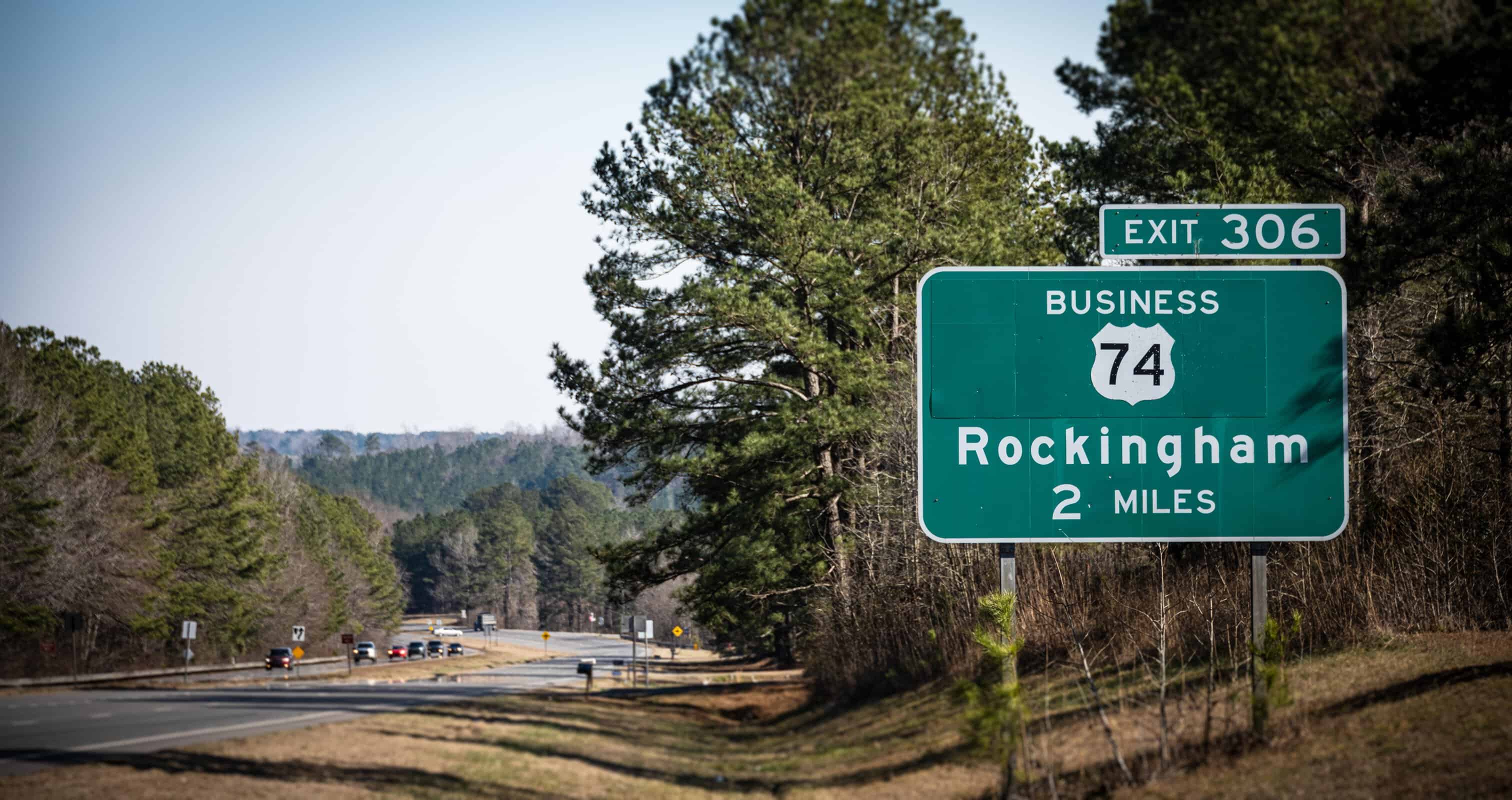
- Poverty rate: 28.2%
- Median household income: $38,750
- 5-yr. avg. unemployment rate: 7.2%
- Adults with a bachelor’s degree or higher: 20.8%
- Population: 9,174
9. Kinston
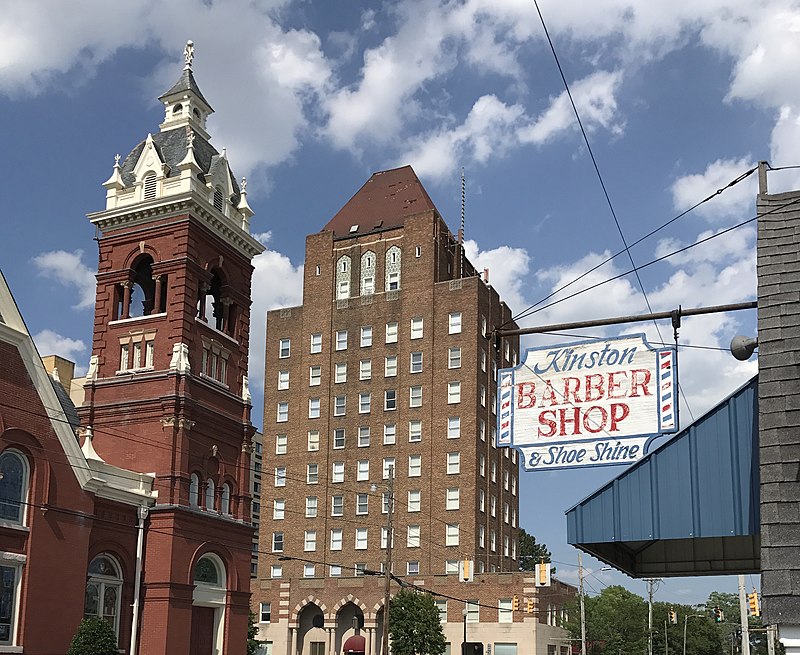
- Poverty rate: 28.2%
- Median household income: $35,653
- 5-yr. avg. unemployment rate: 13.6%
- Adults with a bachelor’s degree or higher: 14.7%
- Population: 19,704
8. Siler City
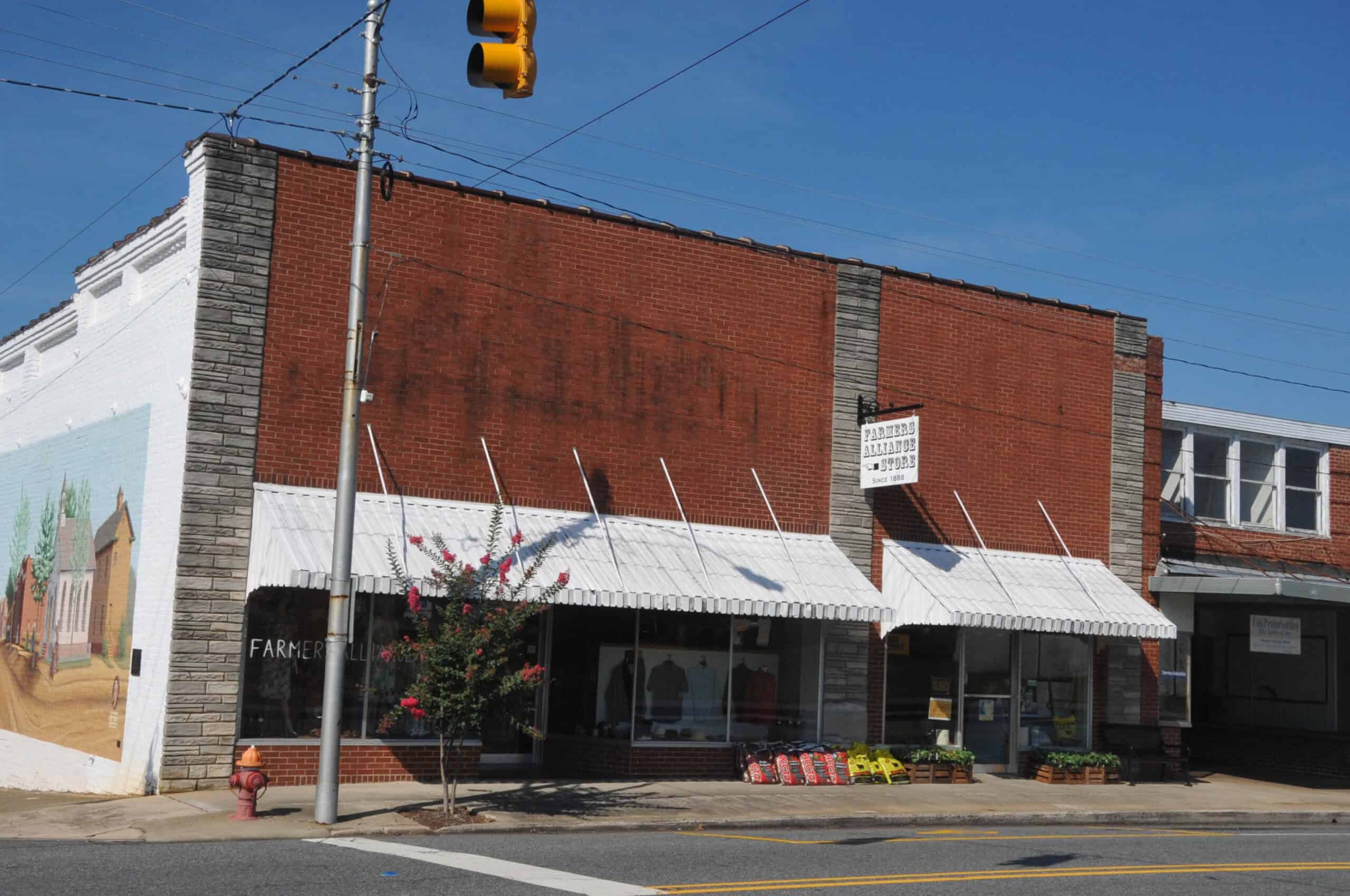
- Poverty rate: 28.9%
- Median household income: $48,374
- 5-yr. avg. unemployment rate: 2.8%
- Adults with a bachelor’s degree or higher: 15.7%
- Population: 7,847
7. Lumberton
- Poverty rate: 29.4%
- Median household income: $41,314
- 5-yr. avg. unemployment rate: 6.7%
- Adults with a bachelor’s degree or higher: 21.6%
- Population: 19,099
6. Reidsville
- Poverty rate: 29.8%
- Median household income: $35,061
- 5-yr. avg. unemployment rate: 10.0%
- Adults with a bachelor’s degree or higher: 19.7%
- Population: 14,526
5. Mount Airy
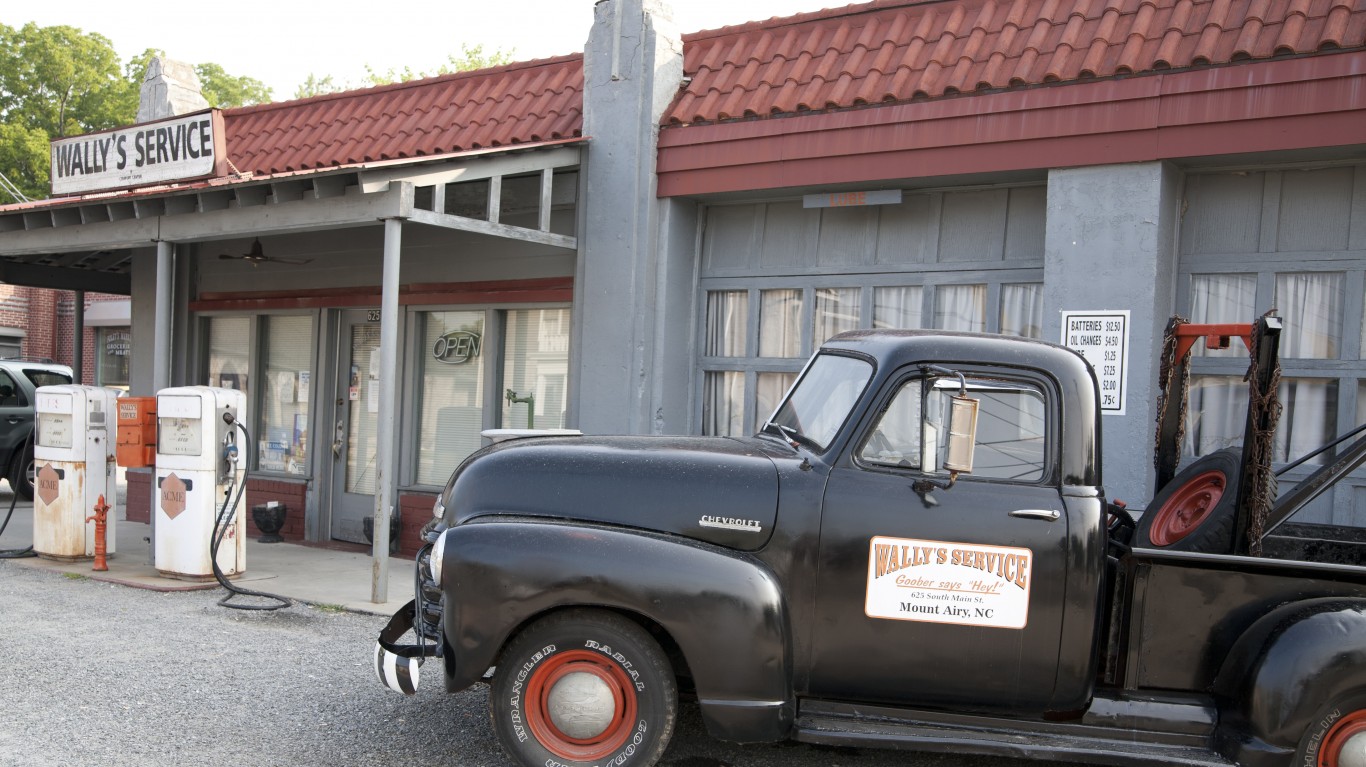
- Poverty rate: 31.7%
- Median household income: $34,089
- 5-yr. avg. unemployment rate: 7.2%
- Adults with a bachelor’s degree or higher: 24.7%
- Population: 10,621
4. Roxboro
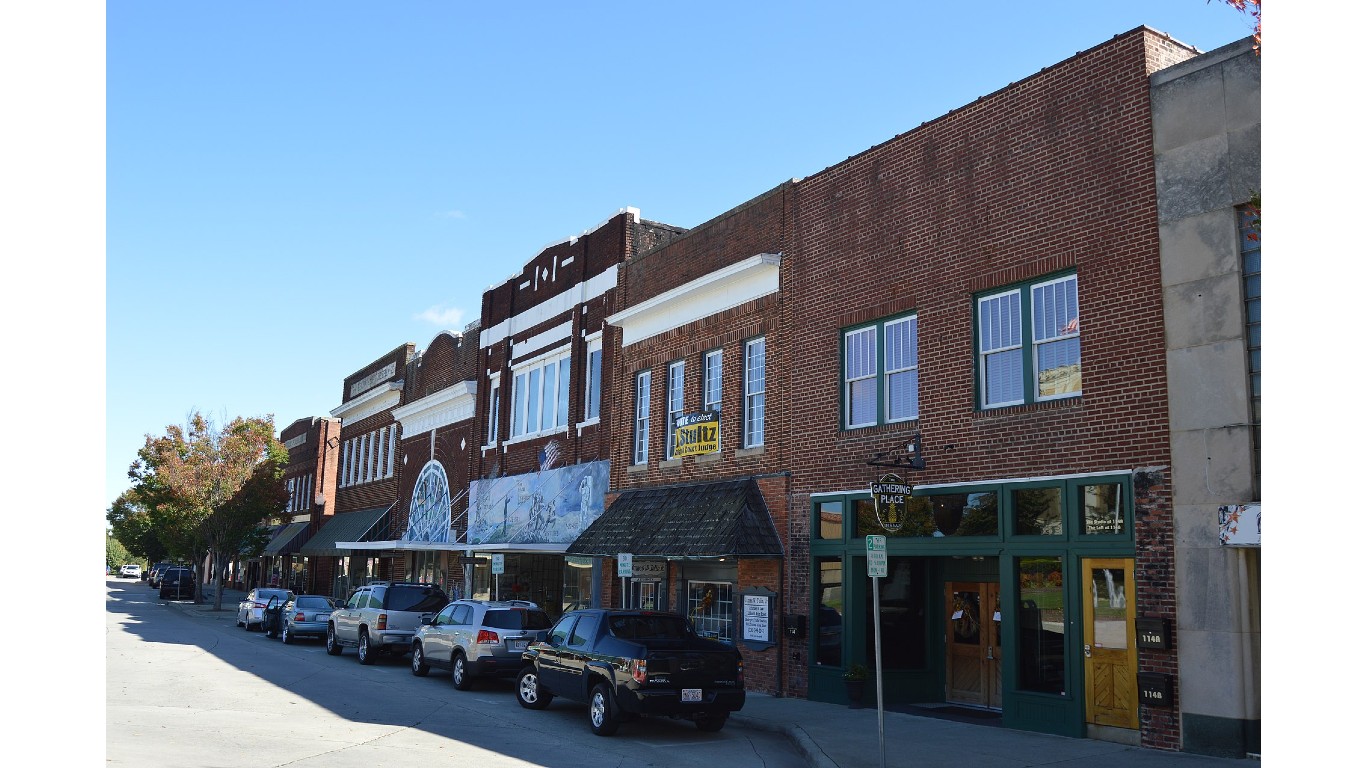
- Poverty rate: 32.2%
- Median household income: $39,787
- 5-yr. avg. unemployment rate: 4.8%
- Adults with a bachelor’s degree or higher: 18.1%
- Population: 8,131
3. Williamston
- Poverty rate: 32.8%
- Median household income: $41,182
- 5-yr. avg. unemployment rate: 14.2%
- Adults with a bachelor’s degree or higher: 17.2%
- Population: 5,224
2. Laurinburg
- Poverty rate: 33.8%
- Median household income: $38,015
- 5-yr. avg. unemployment rate: 11.2%
- Adults with a bachelor’s degree or higher: 19.0%
- Population: 14,971
1. Forest City
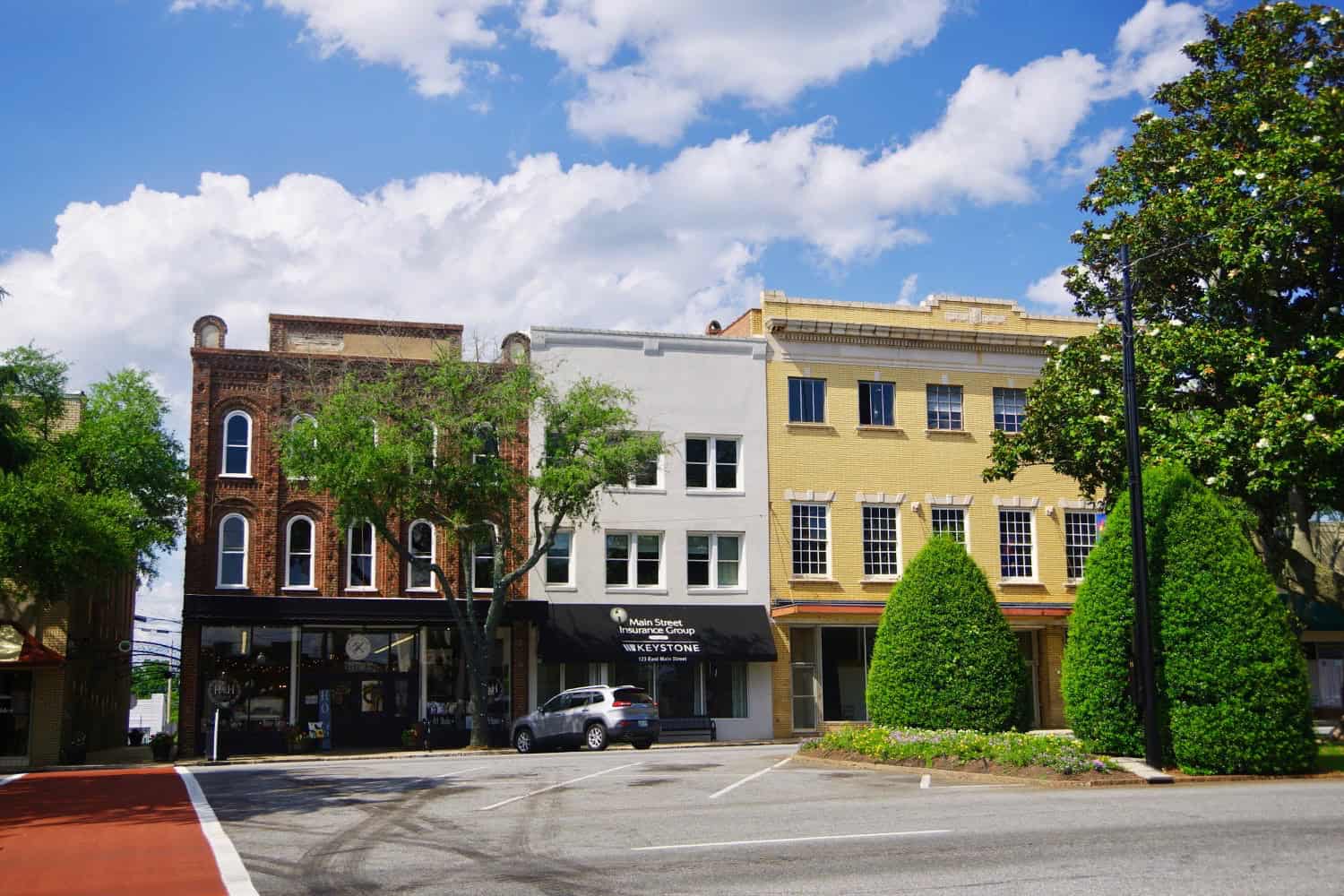
- Poverty rate: 38.9%
- Median household income: $35,232
- 5-yr. avg. unemployment rate: 10.1%
- Adults with a bachelor’s degree or higher: 17.2%
- Population: 7,357
| Rank | Place | Poverty rate (%) | Median household income ($) | Unemployment rate (%) | Adults with a bachelor’s degree or higher (%) | Total population |
|---|---|---|---|---|---|---|
| 1 | Forest City, North Carolina | 38.9 | 35,232 | 10.1 | 17.2 | 7,357 |
| 2 | Laurinburg, North Carolina | 33.8 | 38,015 | 11.2 | 19.0 | 14,971 |
| 3 | Williamston, North Carolina | 32.8 | 41,182 | 14.2 | 17.2 | 5,224 |
| 4 | Roxboro, North Carolina | 32.2 | 39,787 | 4.8 | 18.1 | 8,131 |
| 5 | Mount Airy, North Carolina | 31.7 | 34,089 | 7.2 | 24.7 | 10,621 |
| 6 | Reidsville, North Carolina | 29.8 | 35,061 | 10.0 | 19.7 | 14,526 |
| 7 | Lumberton, North Carolina | 29.4 | 41,314 | 6.7 | 21.6 | 19,099 |
| 8 | Siler City, North Carolina | 28.9 | 48,374 | 2.8 | 15.7 | 7,847 |
| 9 | Kinston, North Carolina | 28.2 | 35,653 | 13.6 | 14.7 | 19,704 |
| 10 | Rockingham, North Carolina | 28.2 | 38,750 | 7.2 | 20.8 | 9,174 |
| 11 | Morganton, North Carolina | 28.0 | 47,715 | 5.4 | 24.0 | 17,457 |
| 12 | Smithfield, North Carolina | 27.8 | 37,000 | 6.5 | 25.1 | 11,527 |
| 13 | Selma, North Carolina | 27.3 | 29,325 | 4.8 | 13.0 | 6,449 |
| 14 | Henderson, North Carolina | 26.6 | 37,670 | 6.7 | 17.1 | 14,997 |
| 15 | Kings Mountain, North Carolina | 26.1 | 45,301 | 6.7 | 17.3 | 11,246 |
| 16 | Oxford, North Carolina | 25.6 | 42,016 | 6.8 | 23.4 | 8,685 |
| 17 | Clinton, North Carolina | 25.5 | 38,880 | 4.6 | 20.2 | 8,362 |
| 18 | Hamlet, North Carolina | 25.1 | 34,798 | 10.6 | 8.4 | 6,043 |
| 19 | Wadesboro, North Carolina | 24.2 | 32,022 | 12.9 | 15.3 | 5,004 |
| 20 | Tarboro, North Carolina | 24.0 | 43,523 | 3.3 | 26.0 | 10,696 |
| 21 | Wilson, North Carolina | 23.9 | 46,891 | 8.4 | 22.1 | 47,767 |
| 22 | Mocksville, North Carolina | 23.7 | 46,553 | 5.9 | 25.7 | 5,908 |
| 23 | Salisbury, North Carolina | 23.3 | 48,888 | 7.0 | 26.5 | 35,437 |
| 24 | Washington, North Carolina | 23.0 | 42,821 | 5.5 | 21.2 | 9,759 |
| 25 | Northchase, North Carolina | 22.5 | 52,122 | 18.0 | 35.4 | 5,543 |
| 26 | Eden, North Carolina | 22.2 | 43,607 | 5.9 | 14.6 | 15,349 |
| 27 | Nashville, North Carolina | 21.9 | 61,513 | 11.5 | 24.2 | 5,624 |
| 28 | Marion, North Carolina | 21.8 | 48,520 | 9.5 | 16.3 | 7,652 |
| 29 | Asheboro, North Carolina | 21.6 | 44,405 | 5.5 | 18.7 | 27,117 |
| 30 | Dunn, North Carolina | 21.6 | 41,843 | 3.7 | 18.8 | 8,549 |
| 31 | Albemarle, North Carolina | 21.6 | 51,673 | 6.6 | 21.1 | 16,444 |
| 32 | Sanford, North Carolina | 21.5 | 52,951 | 5.6 | 20.8 | 30,373 |
| 33 | Spring Lake, North Carolina | 21.4 | 44,447 | 5.0 | 27.1 | 11,710 |
| 34 | Lexington, North Carolina | 21.0 | 36,868 | 6.5 | 14.5 | 19,595 |
| 35 | Ayden, North Carolina | 20.9 | 53,000 | 1.8 | 19.6 | 5,002 |
Travel Cards Are Getting Too Good To Ignore (sponsored)
Credit card companies are pulling out all the stops, with the issuers are offering insane travel rewards and perks.
We’re talking huge sign-up bonuses, points on every purchase, and benefits like lounge access, travel credits, and free hotel nights. For travelers, these rewards can add up to thousands of dollars in flights, upgrades, and luxury experiences every year.
It’s like getting paid to travel — and it’s available to qualified borrowers who know where to look.
We’ve rounded up some of the best travel credit cards on the market. Click here to see the list. Don’t miss these offers — they won’t be this good forever.
Thank you for reading! Have some feedback for us?
Contact the 24/7 Wall St. editorial team.
